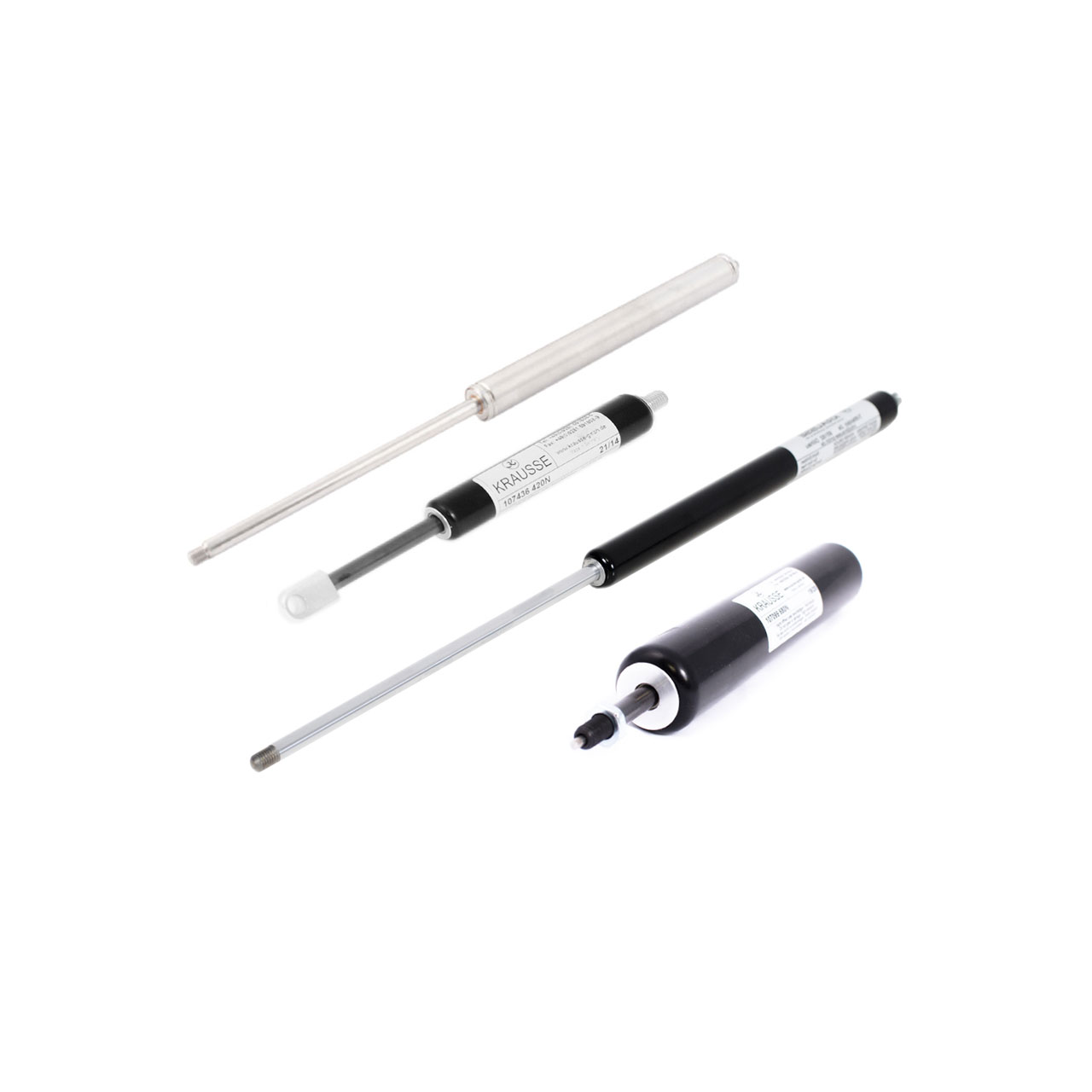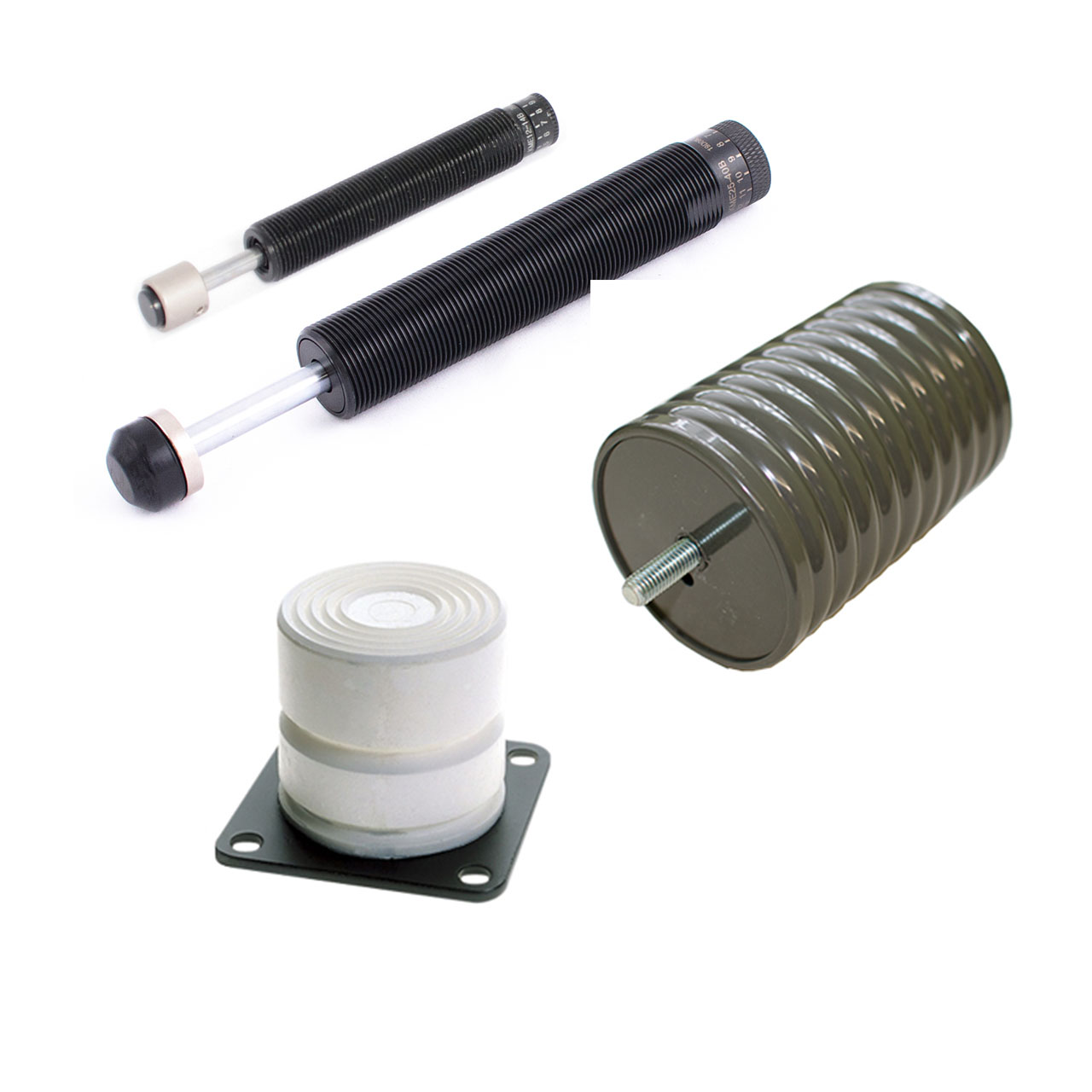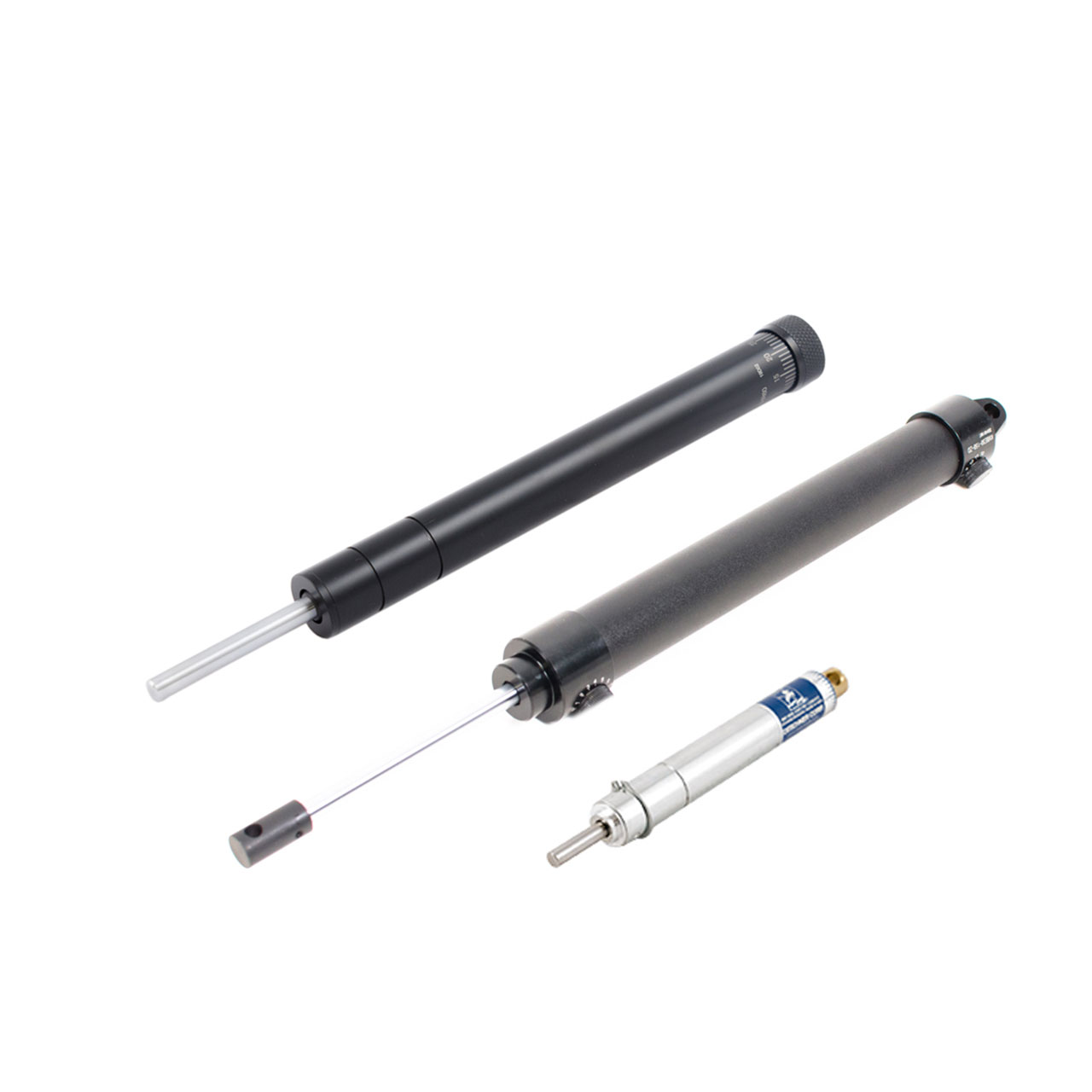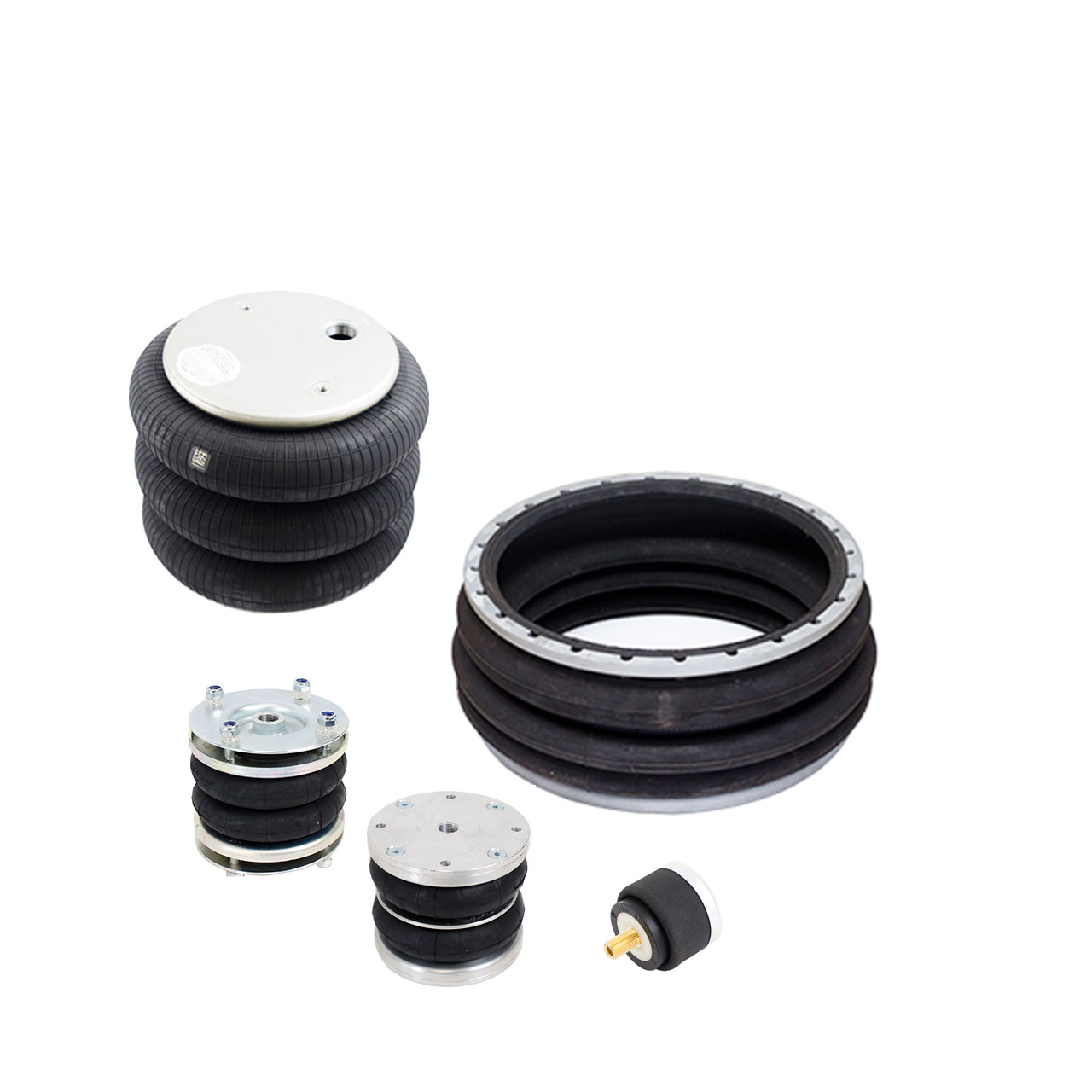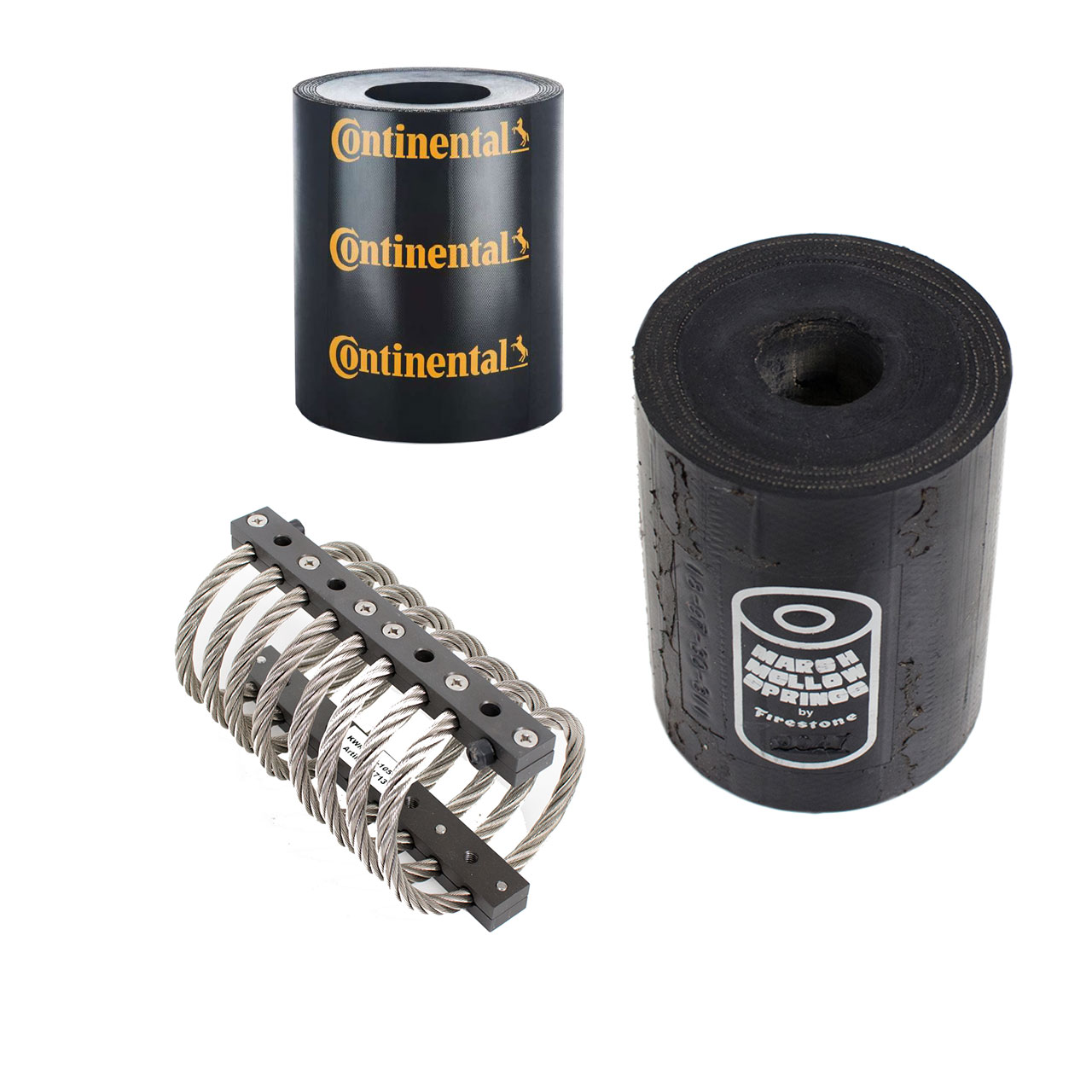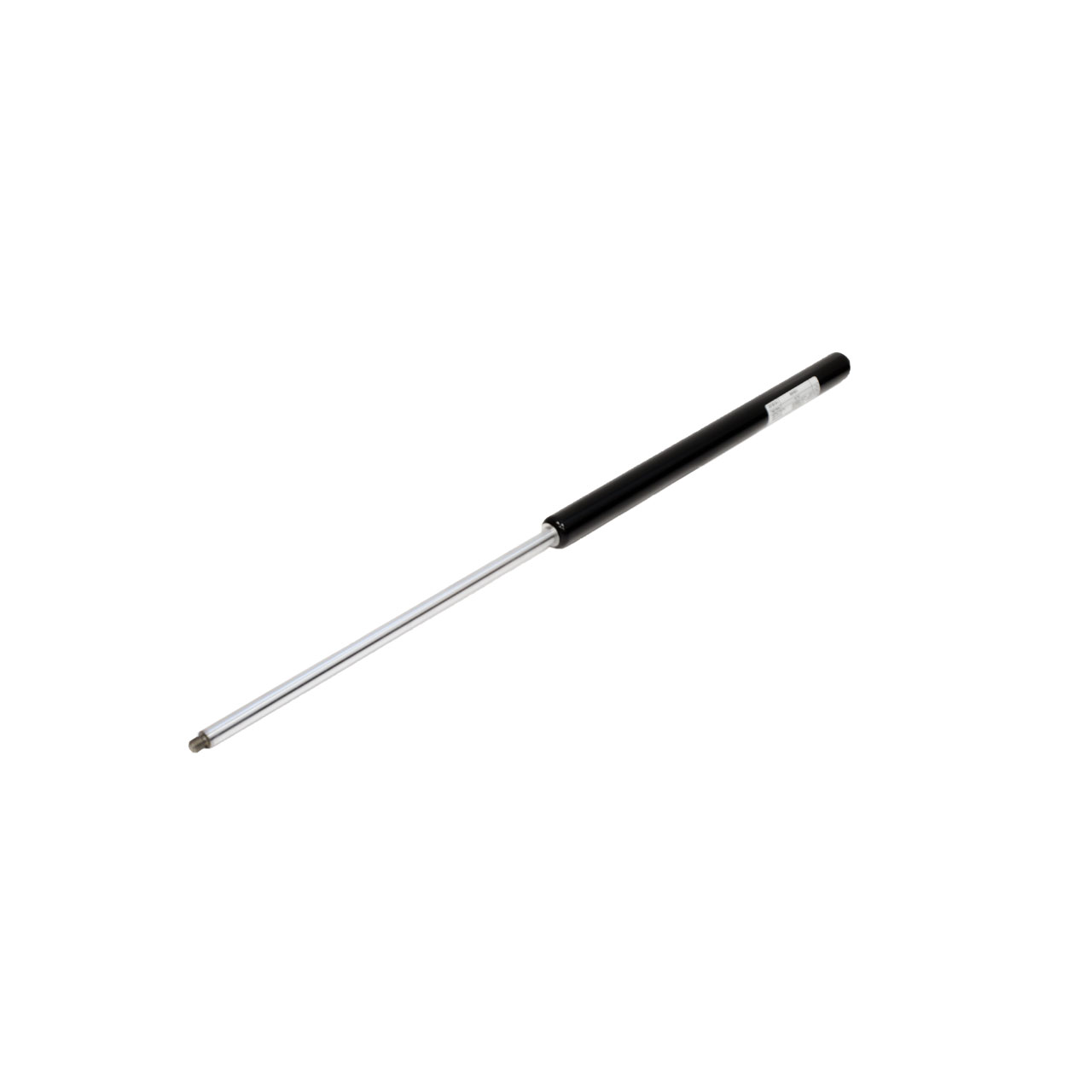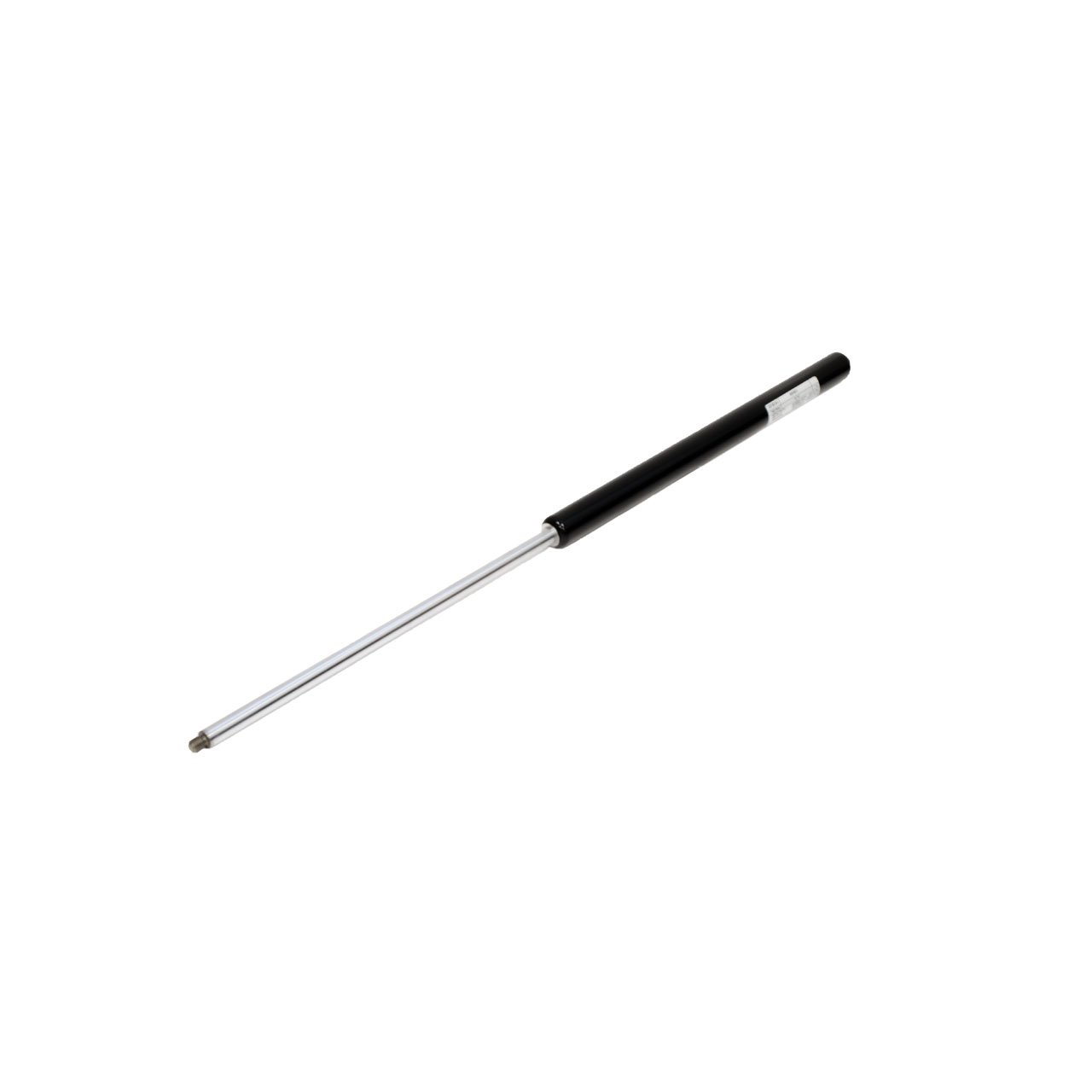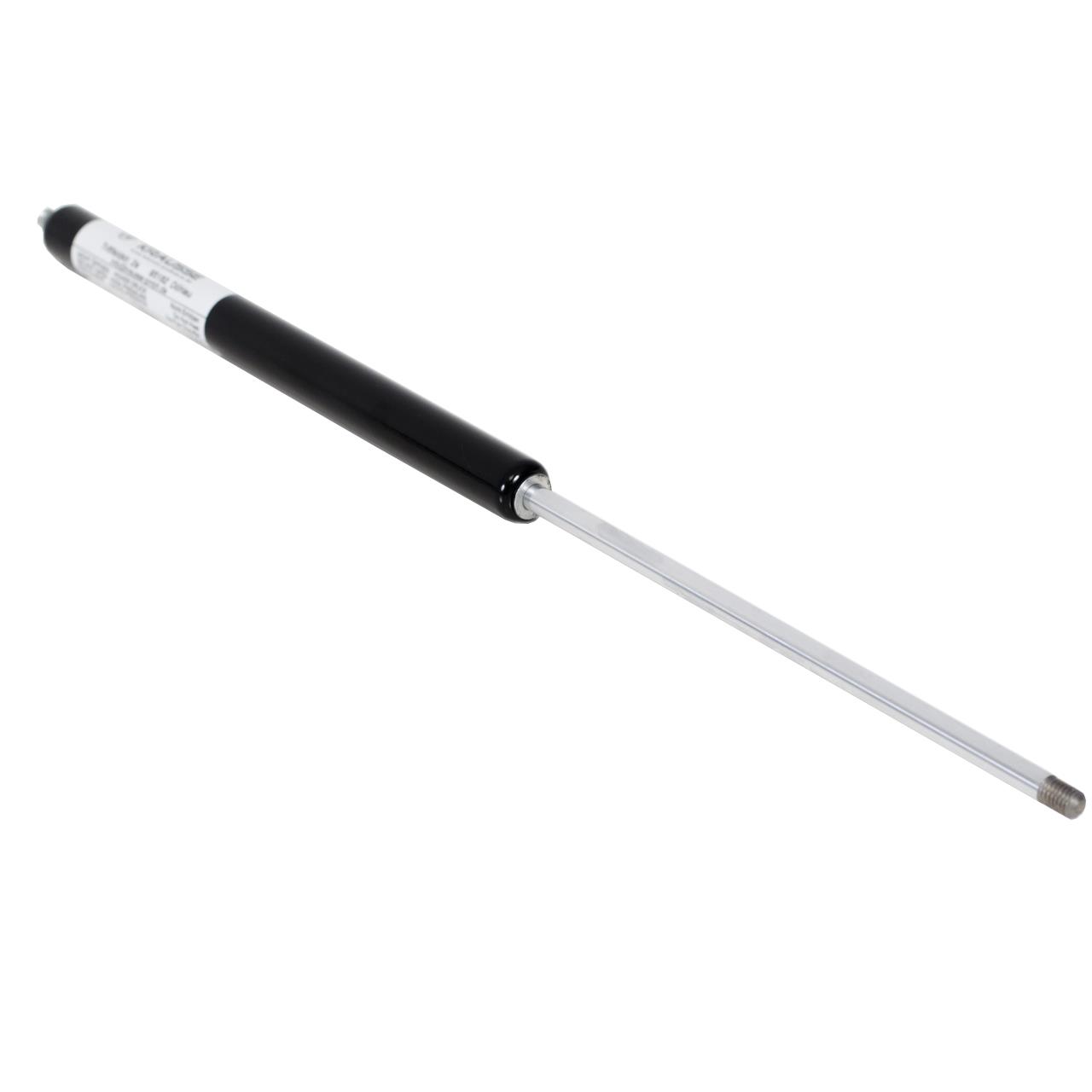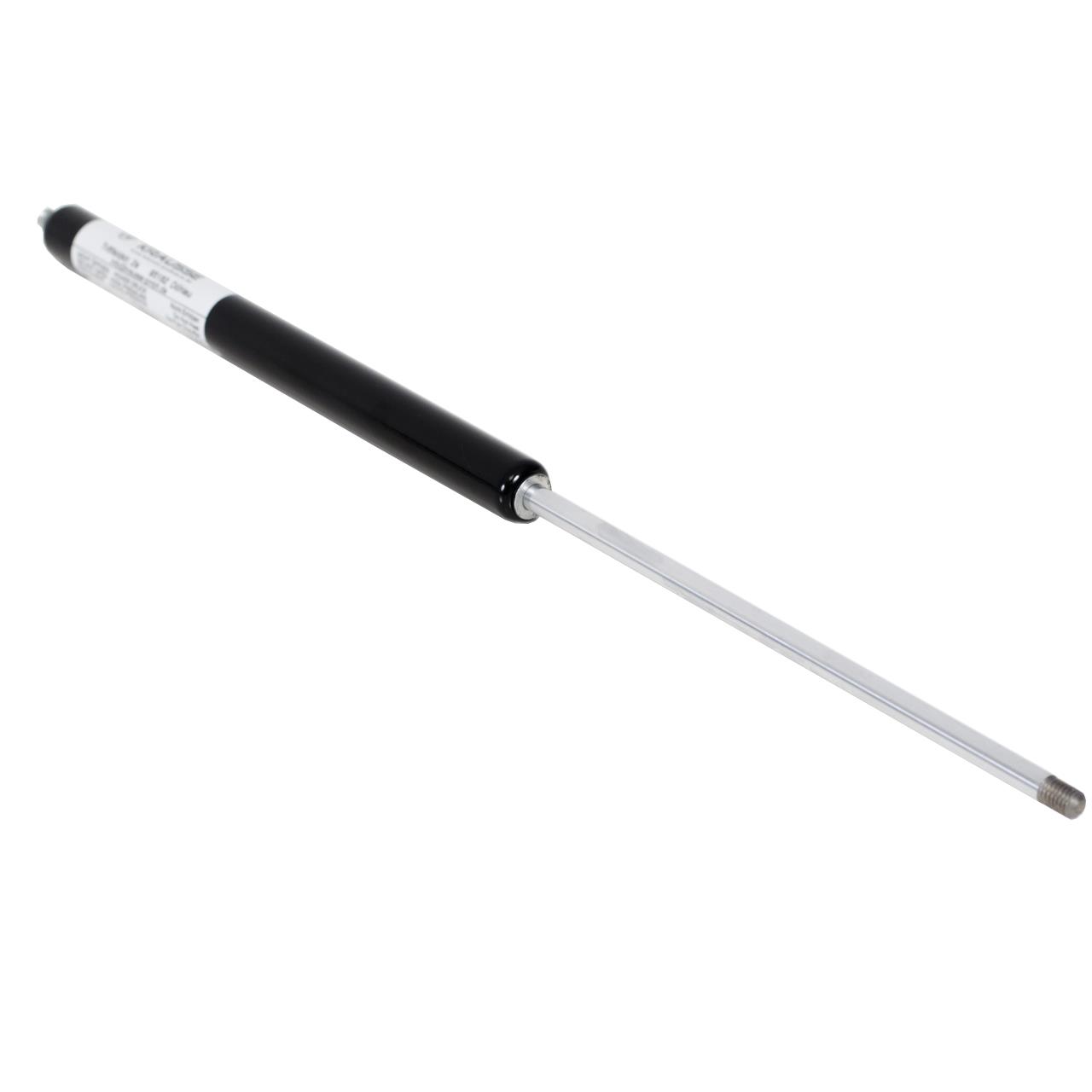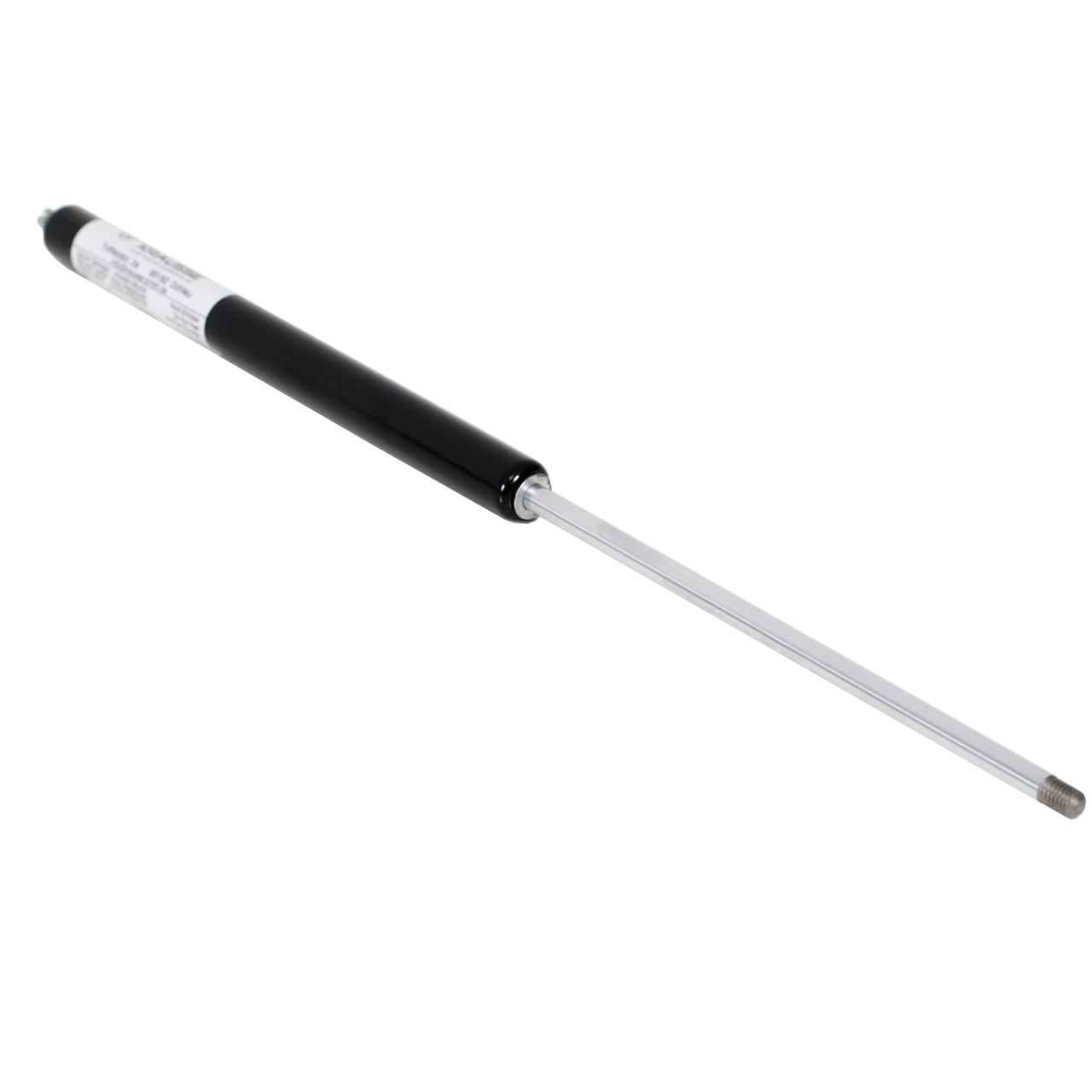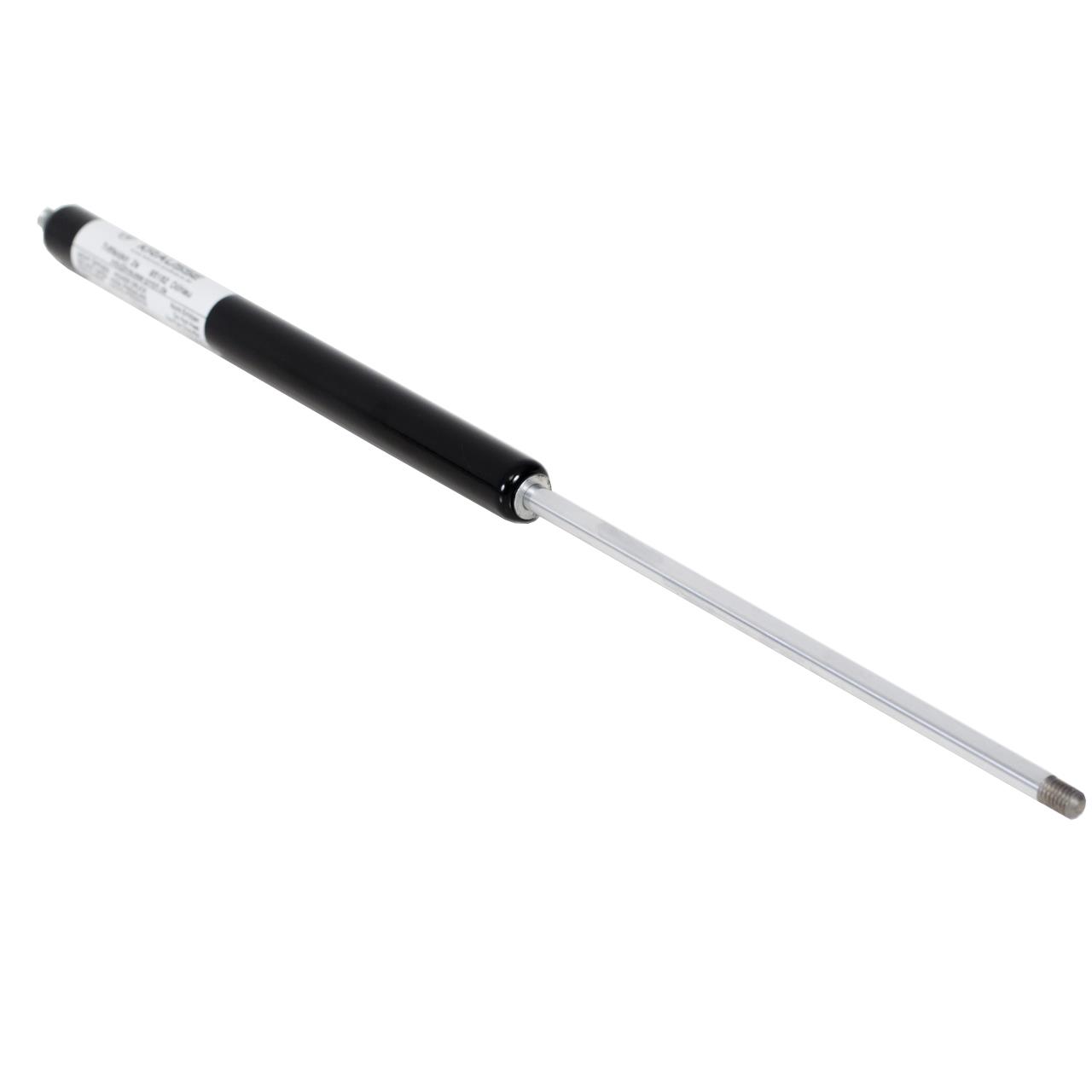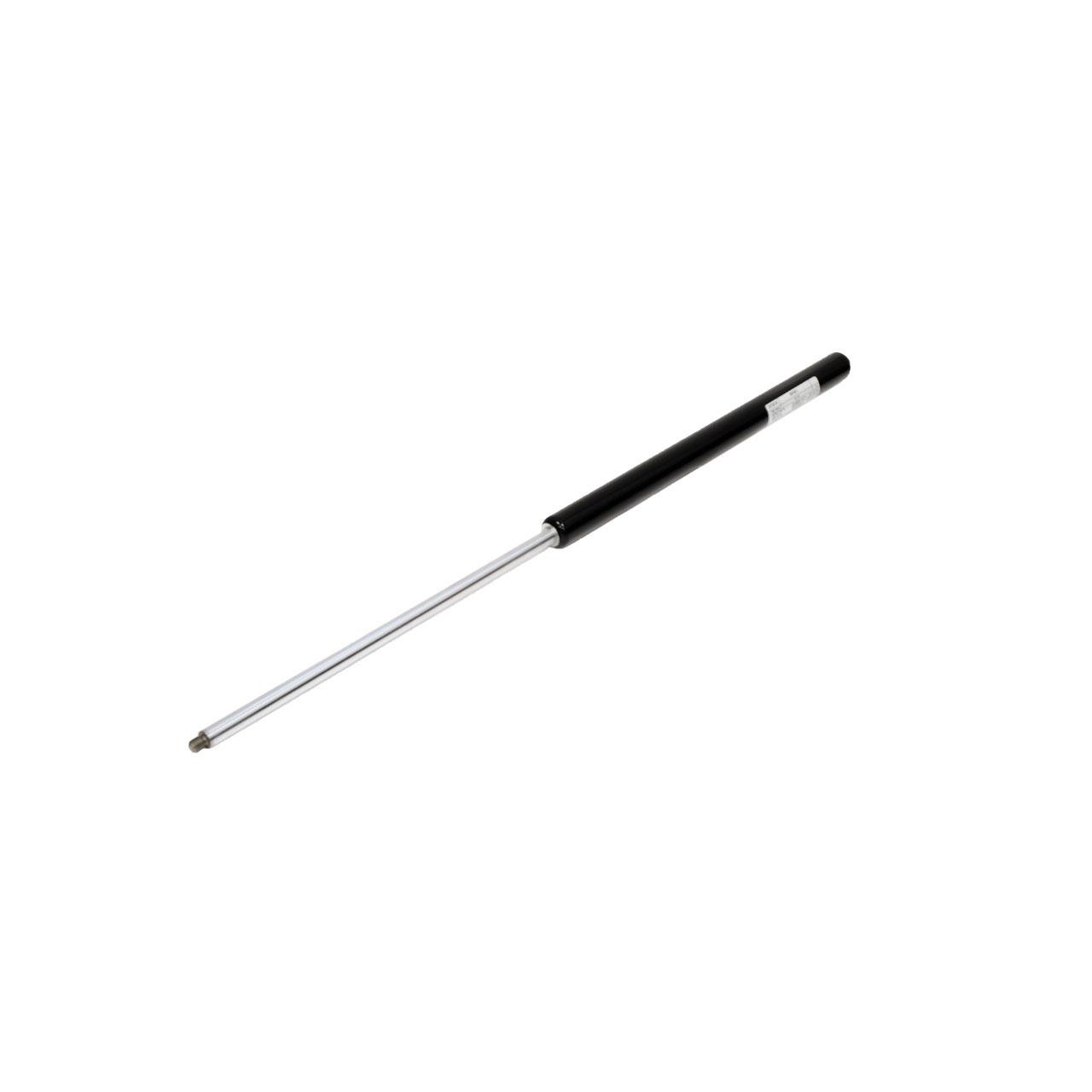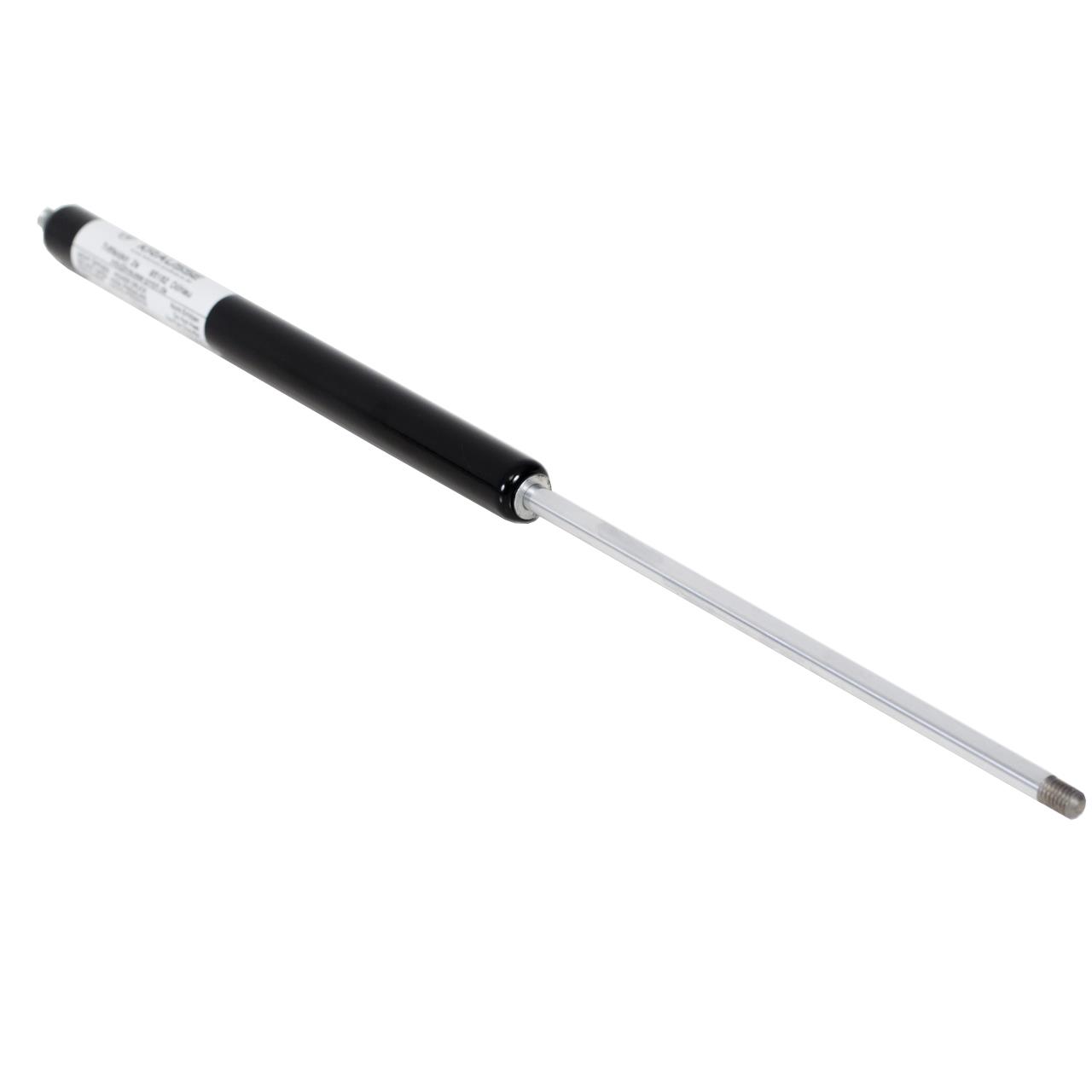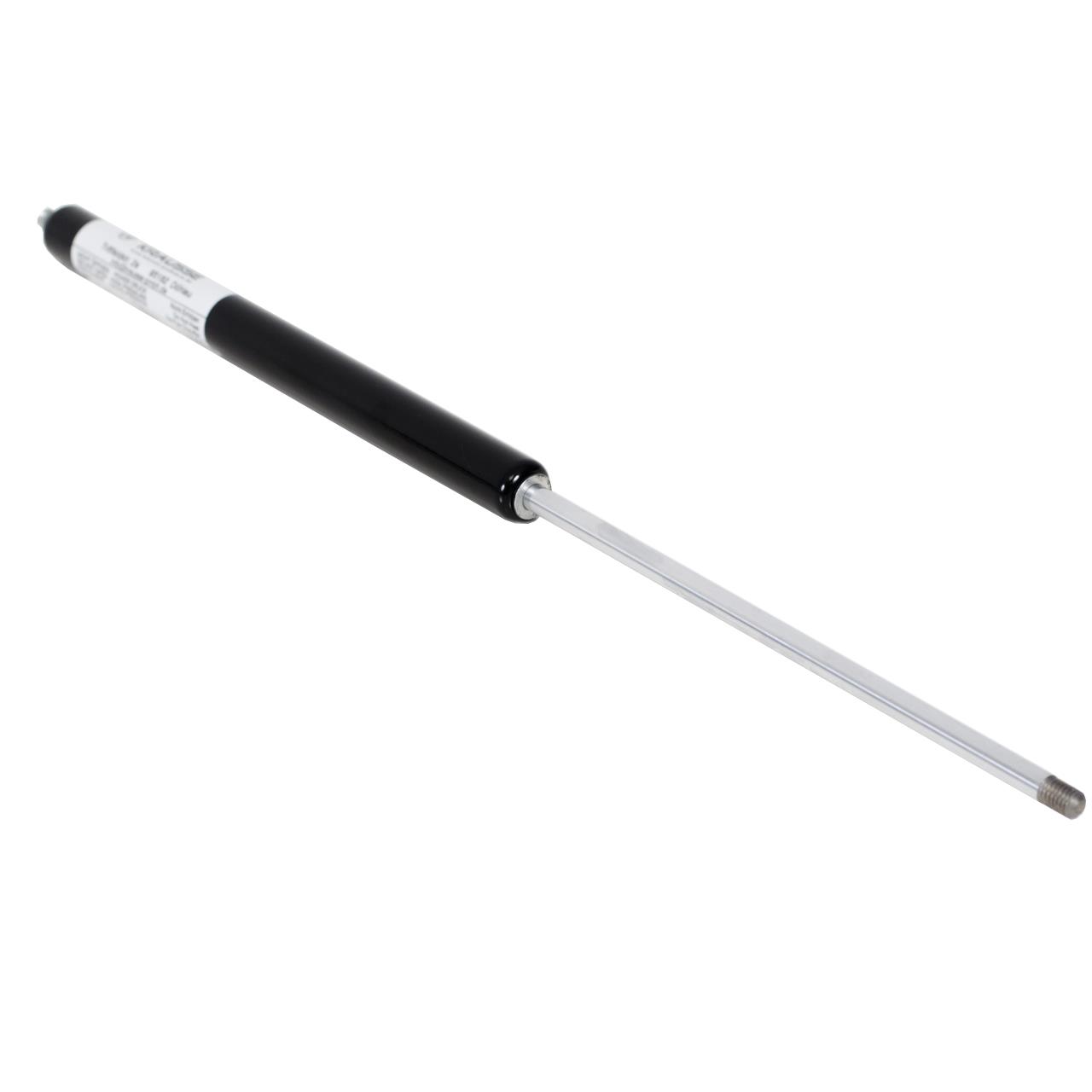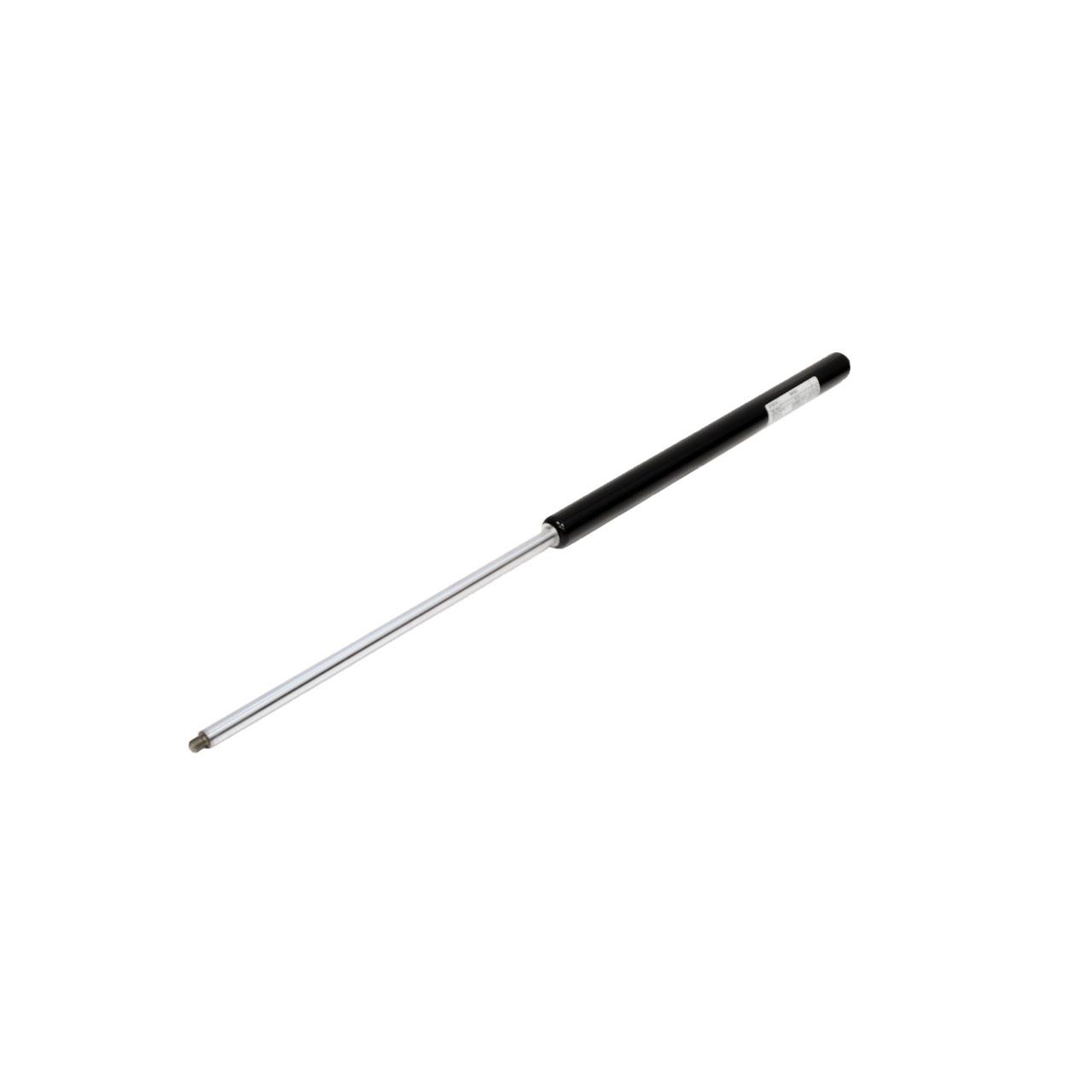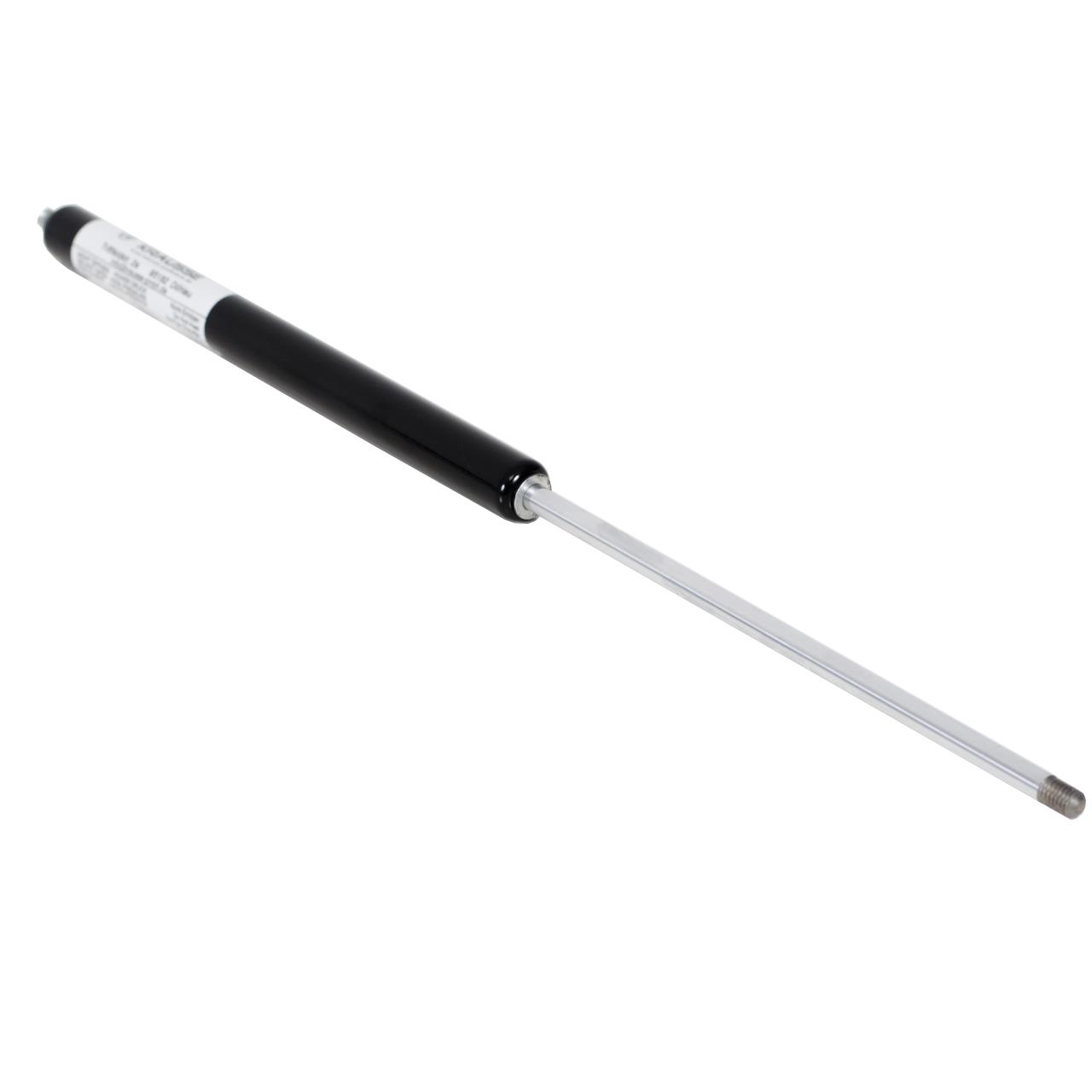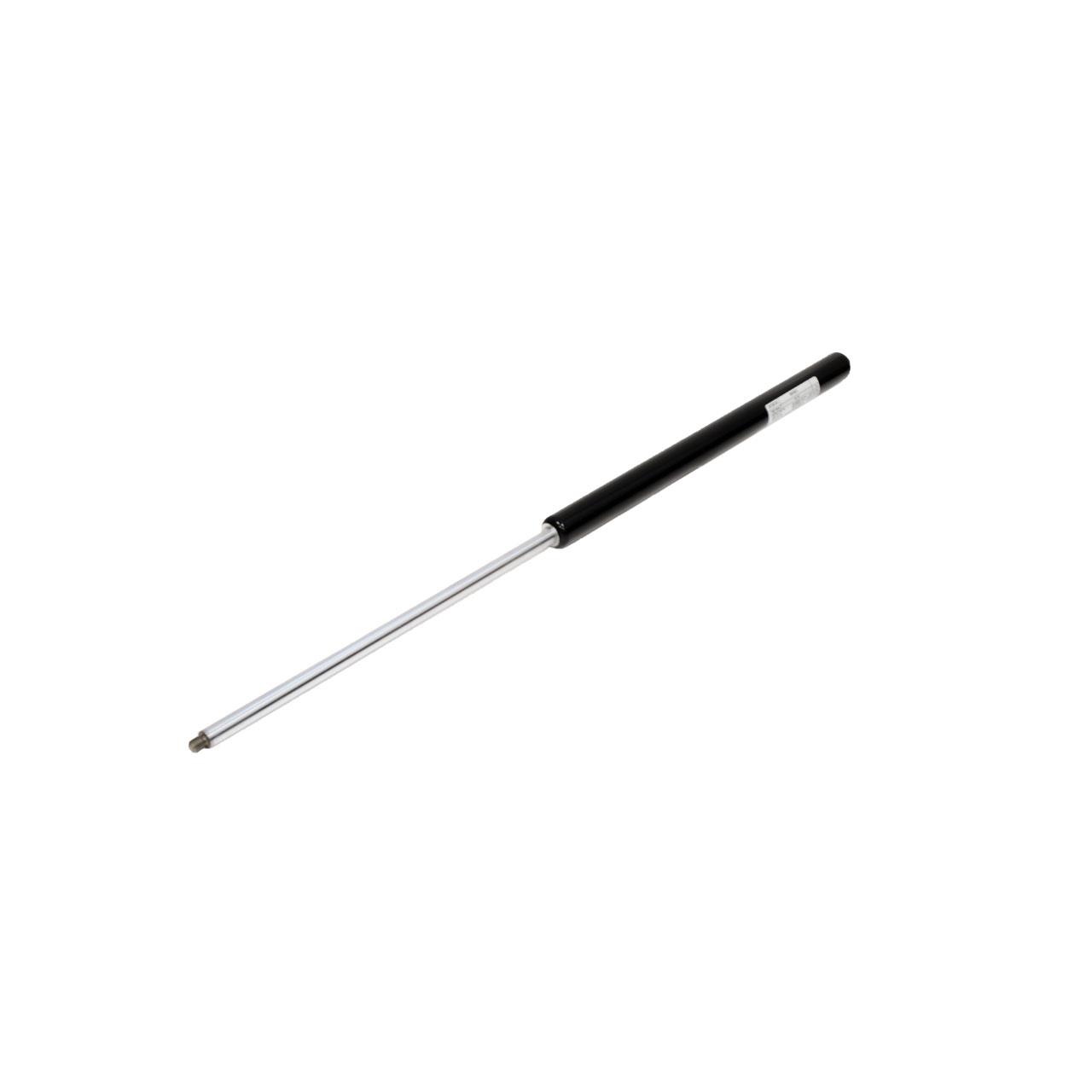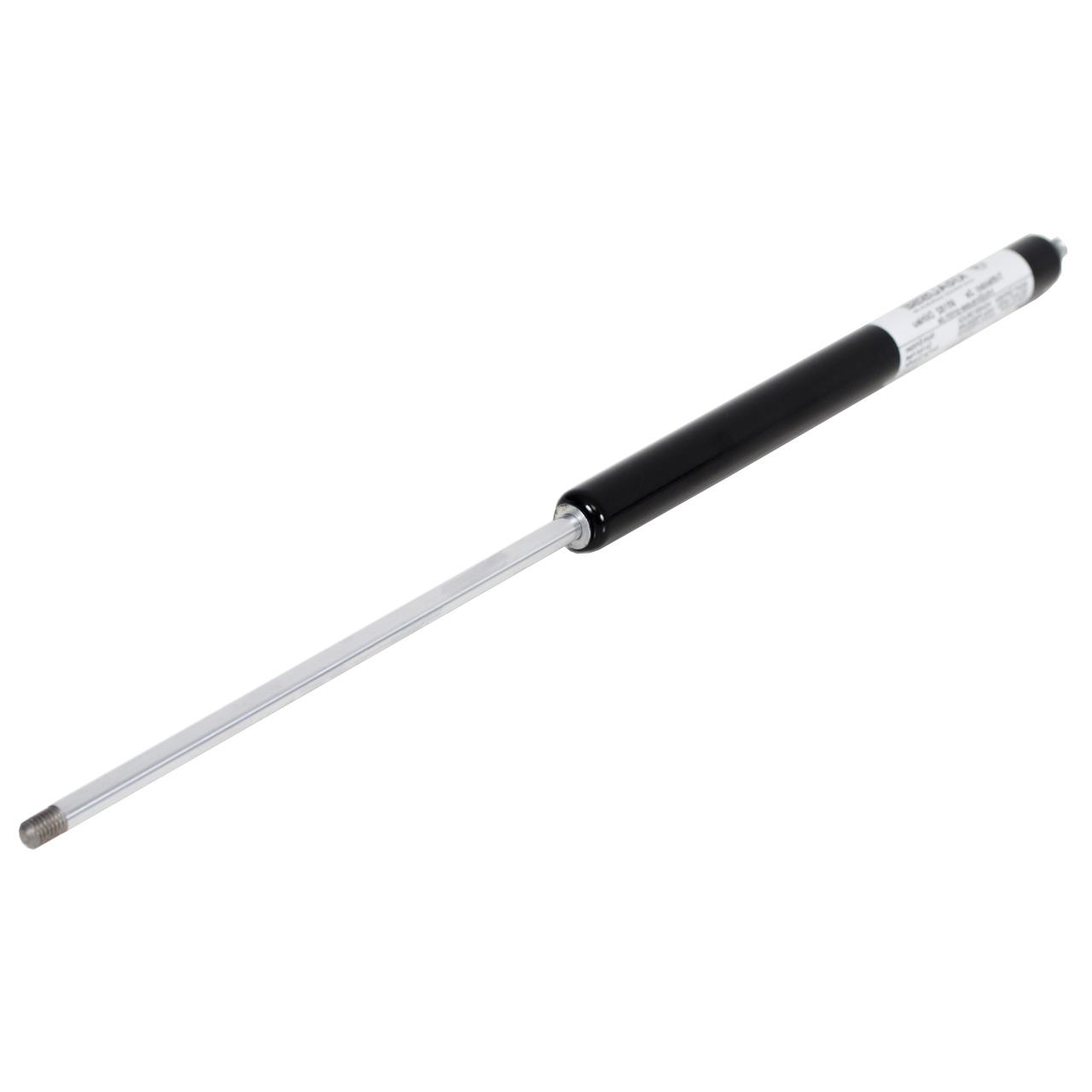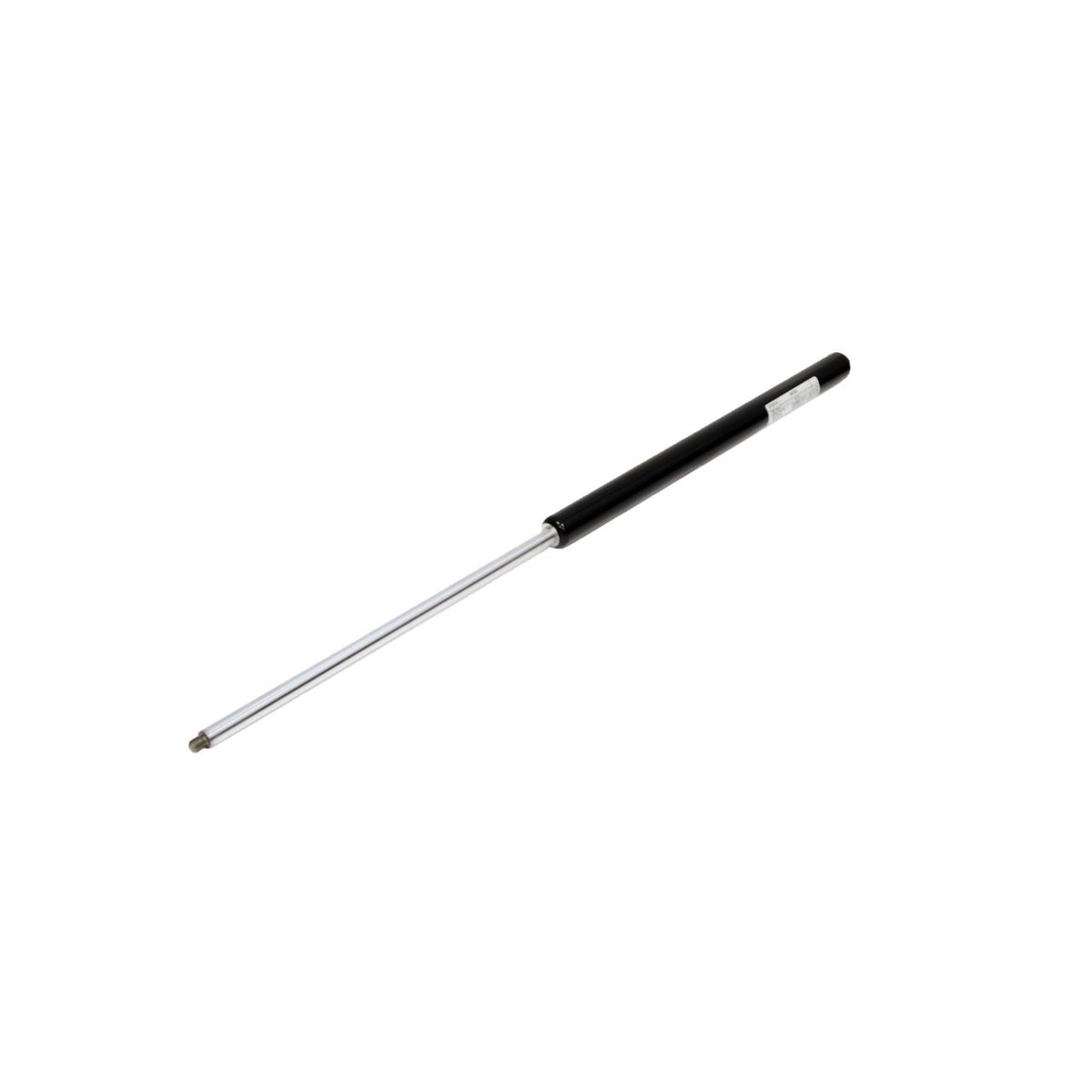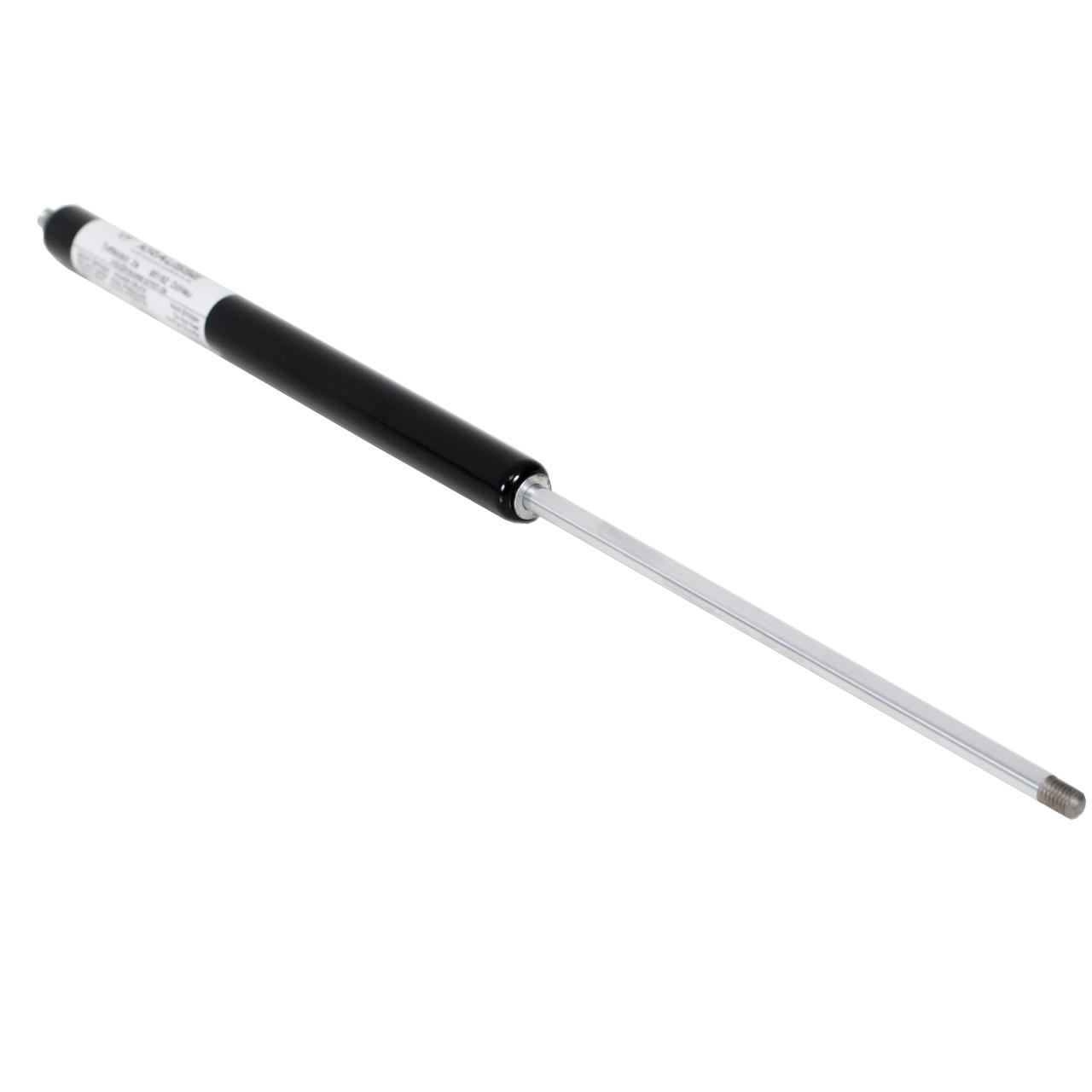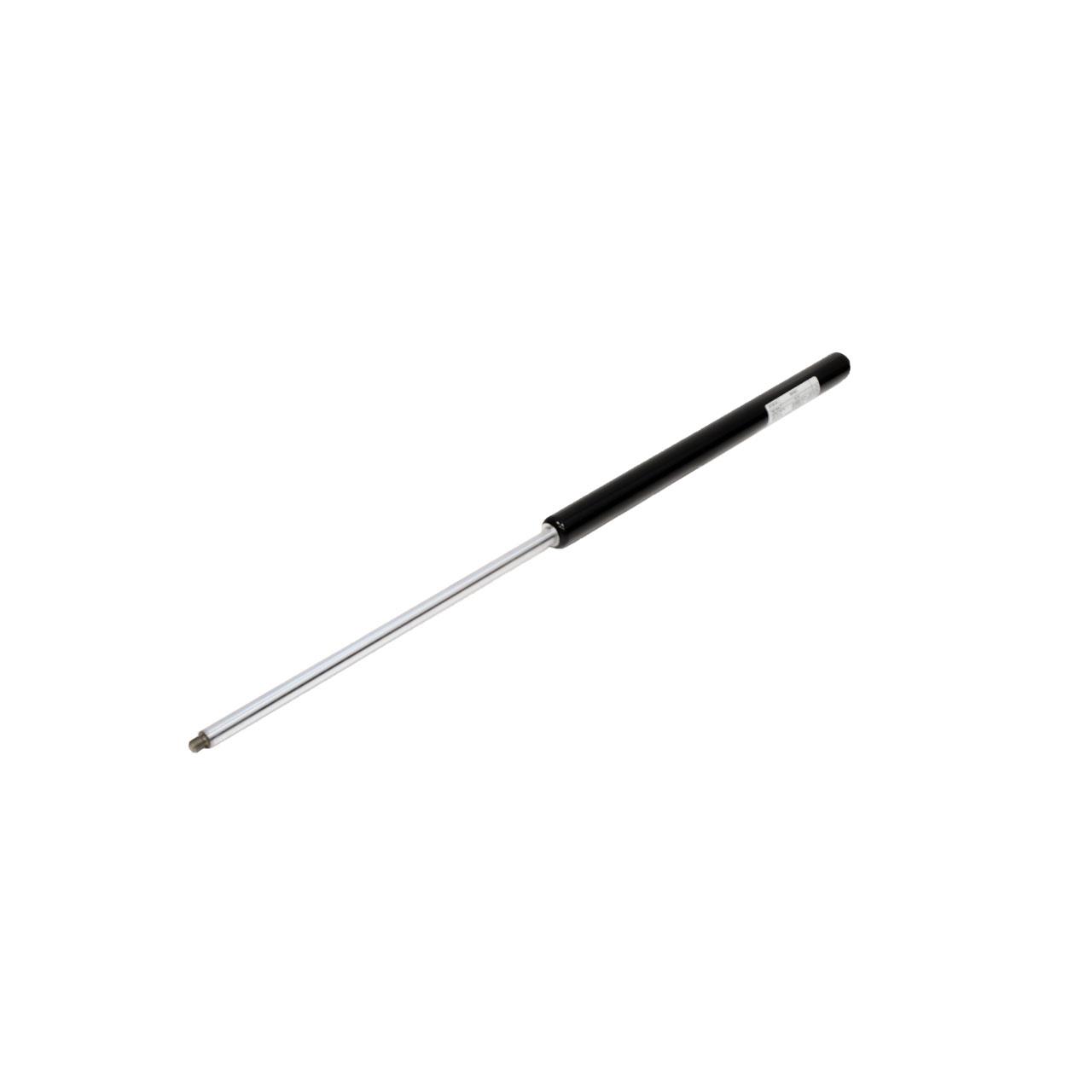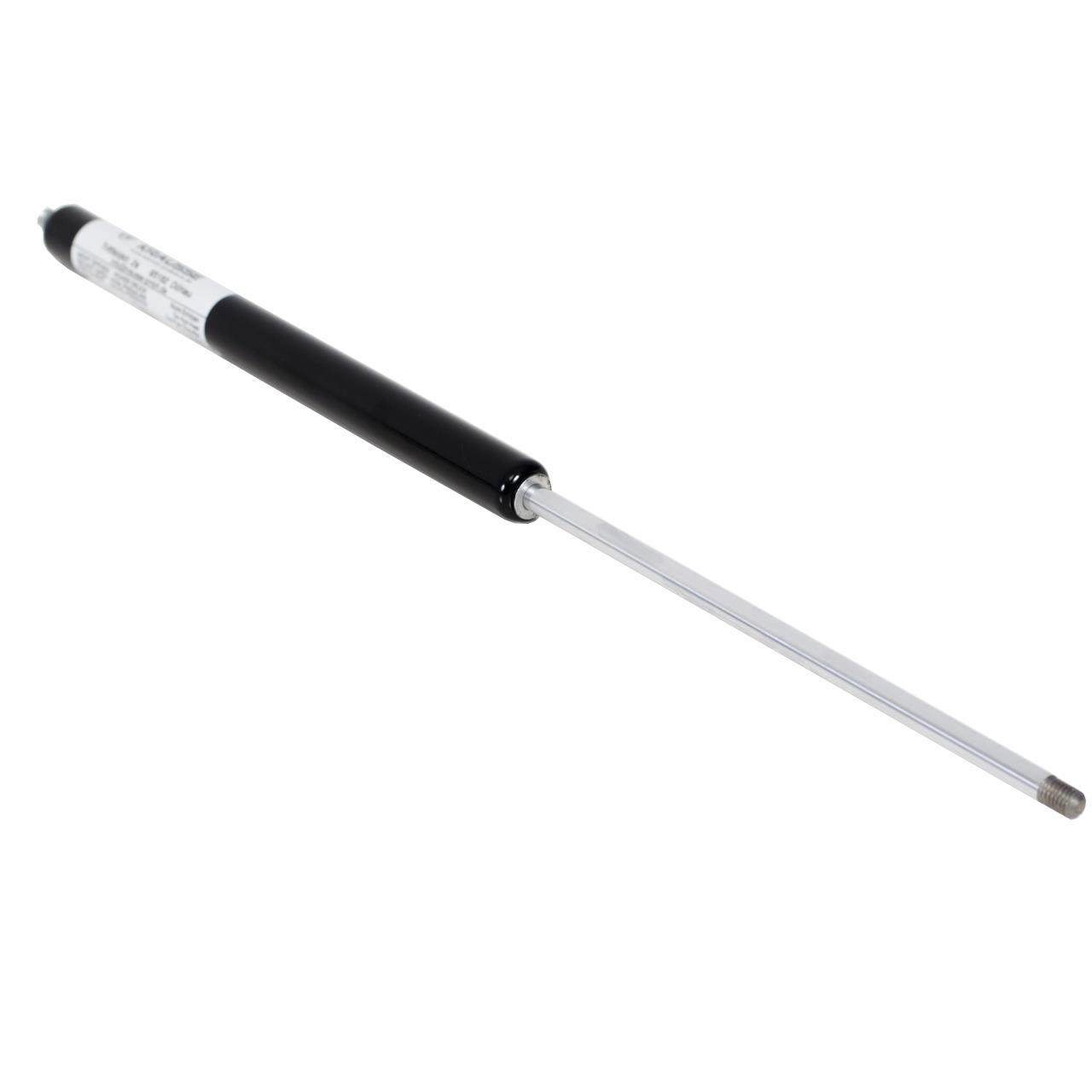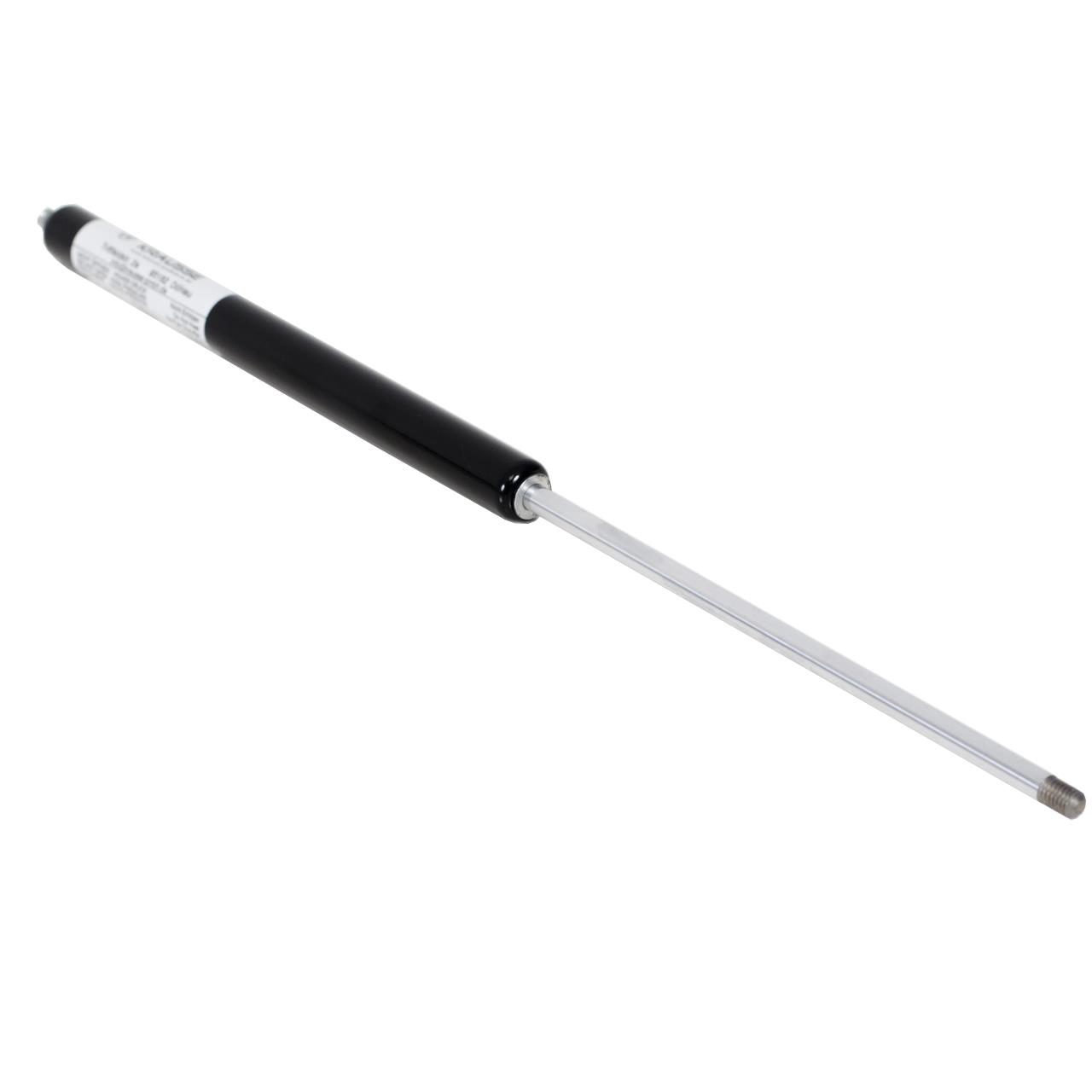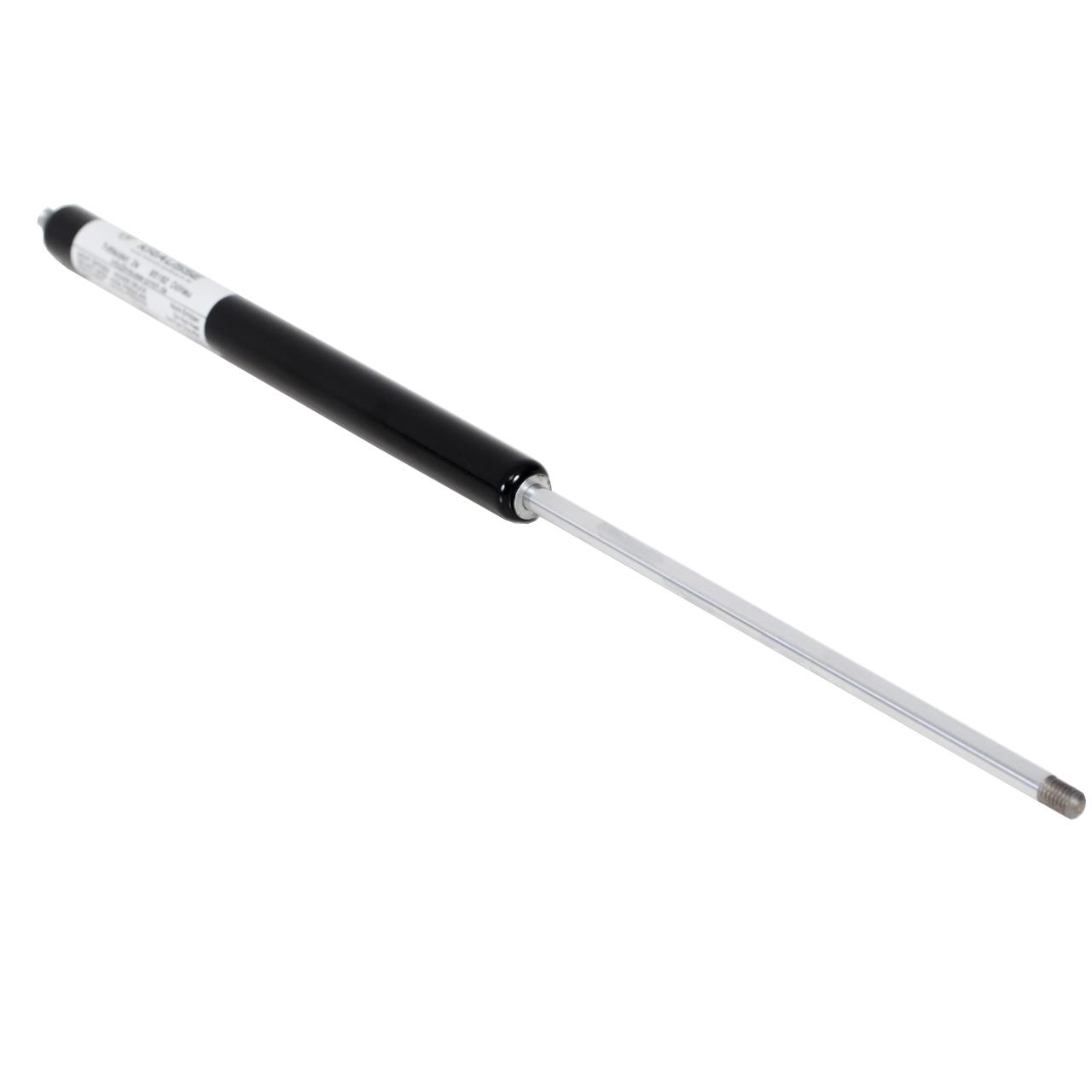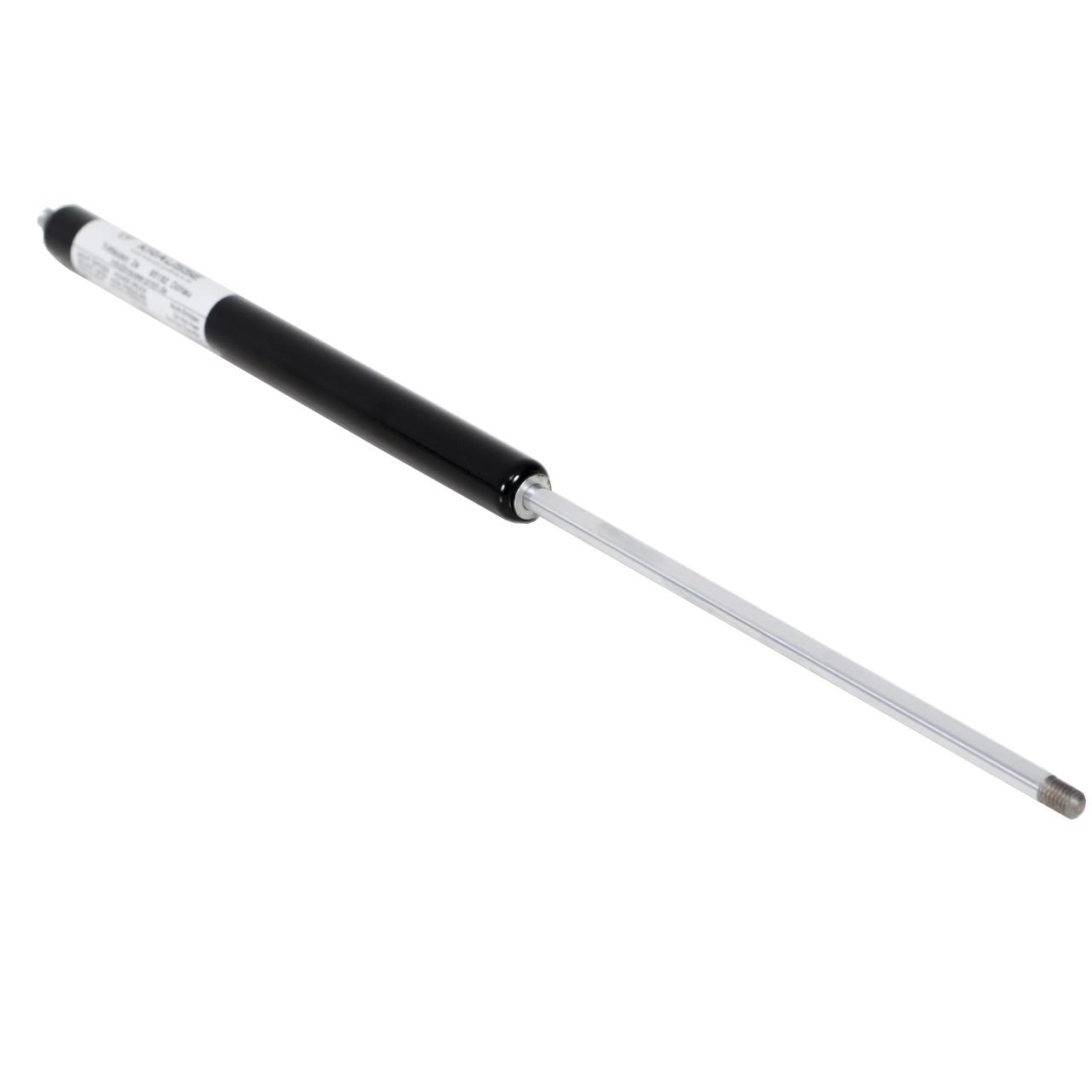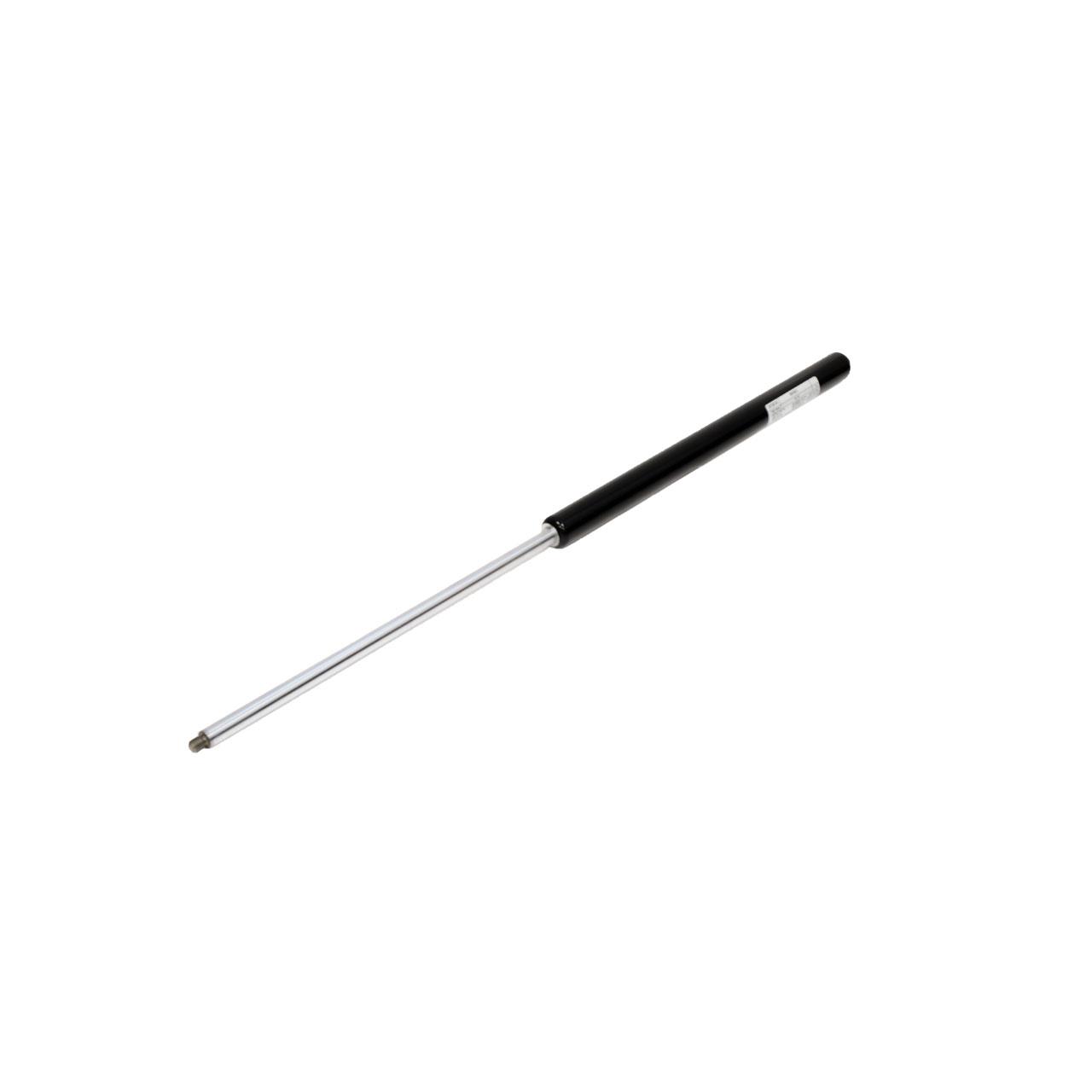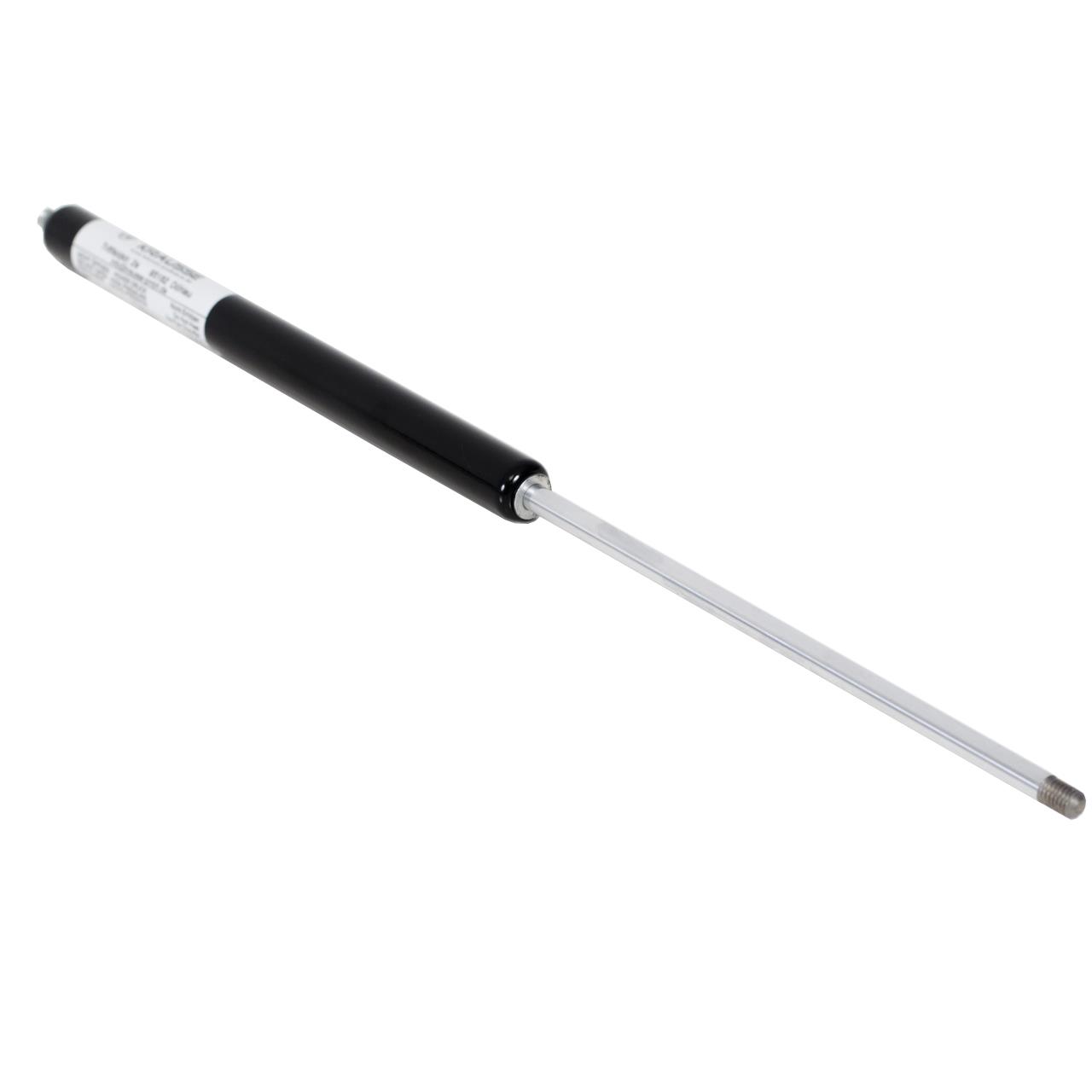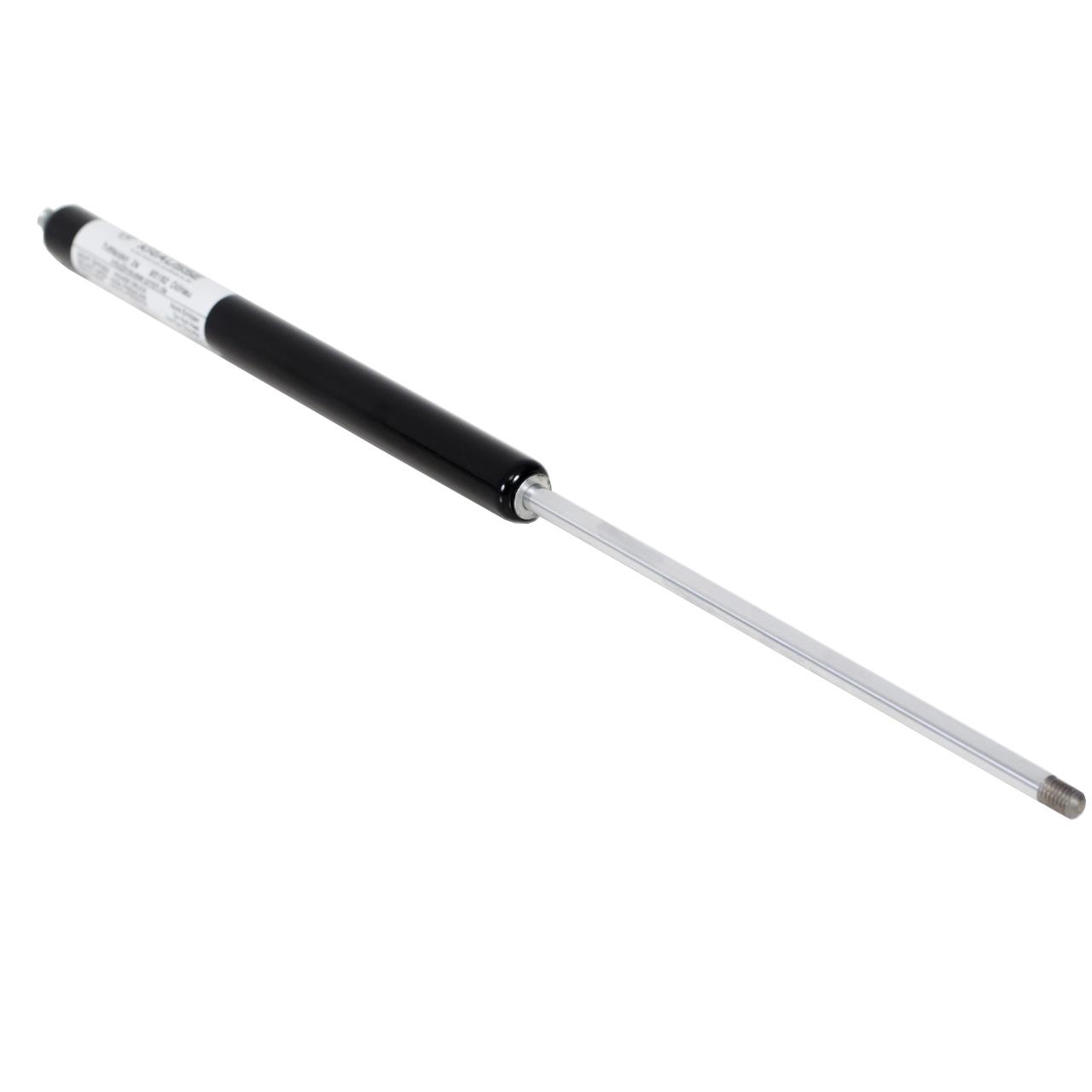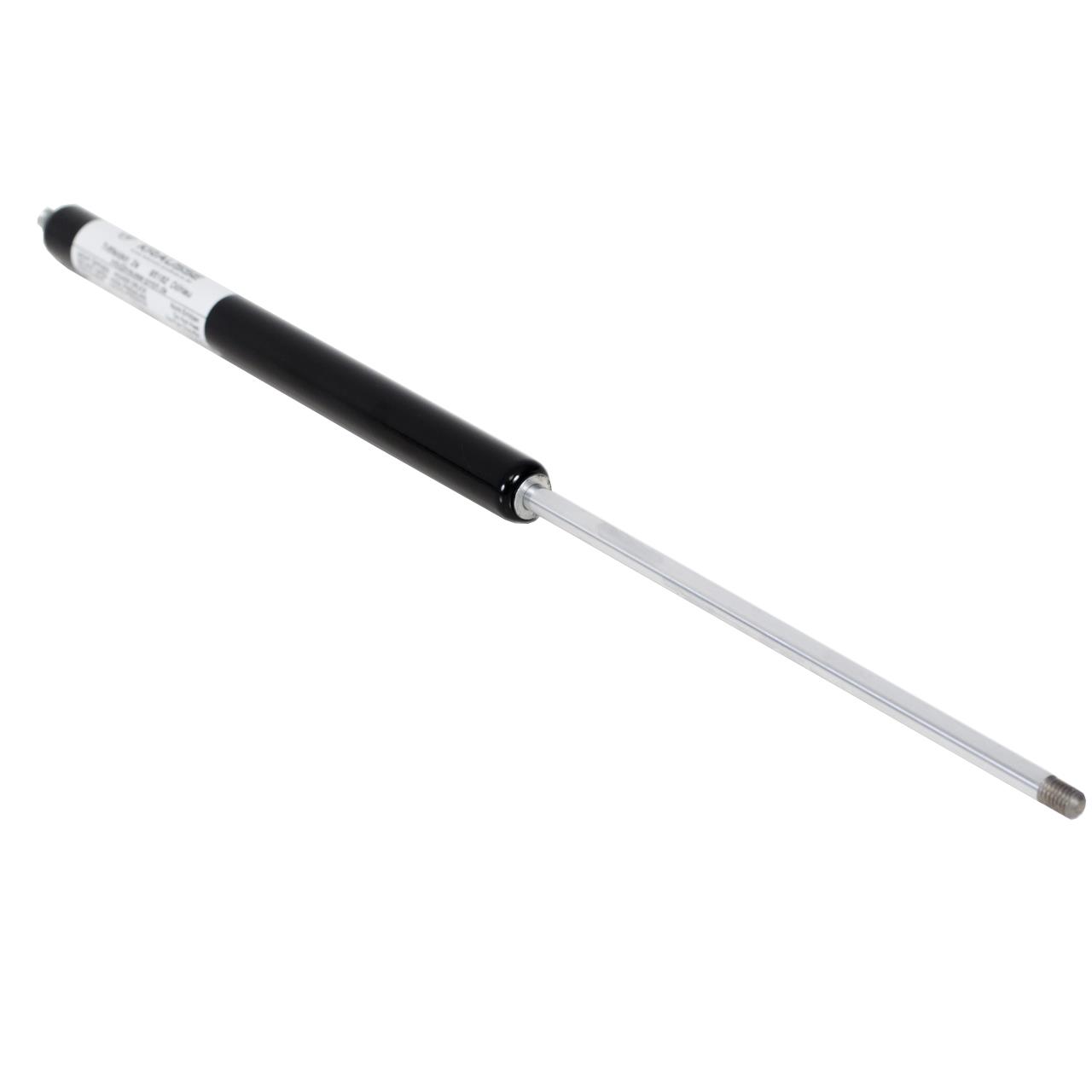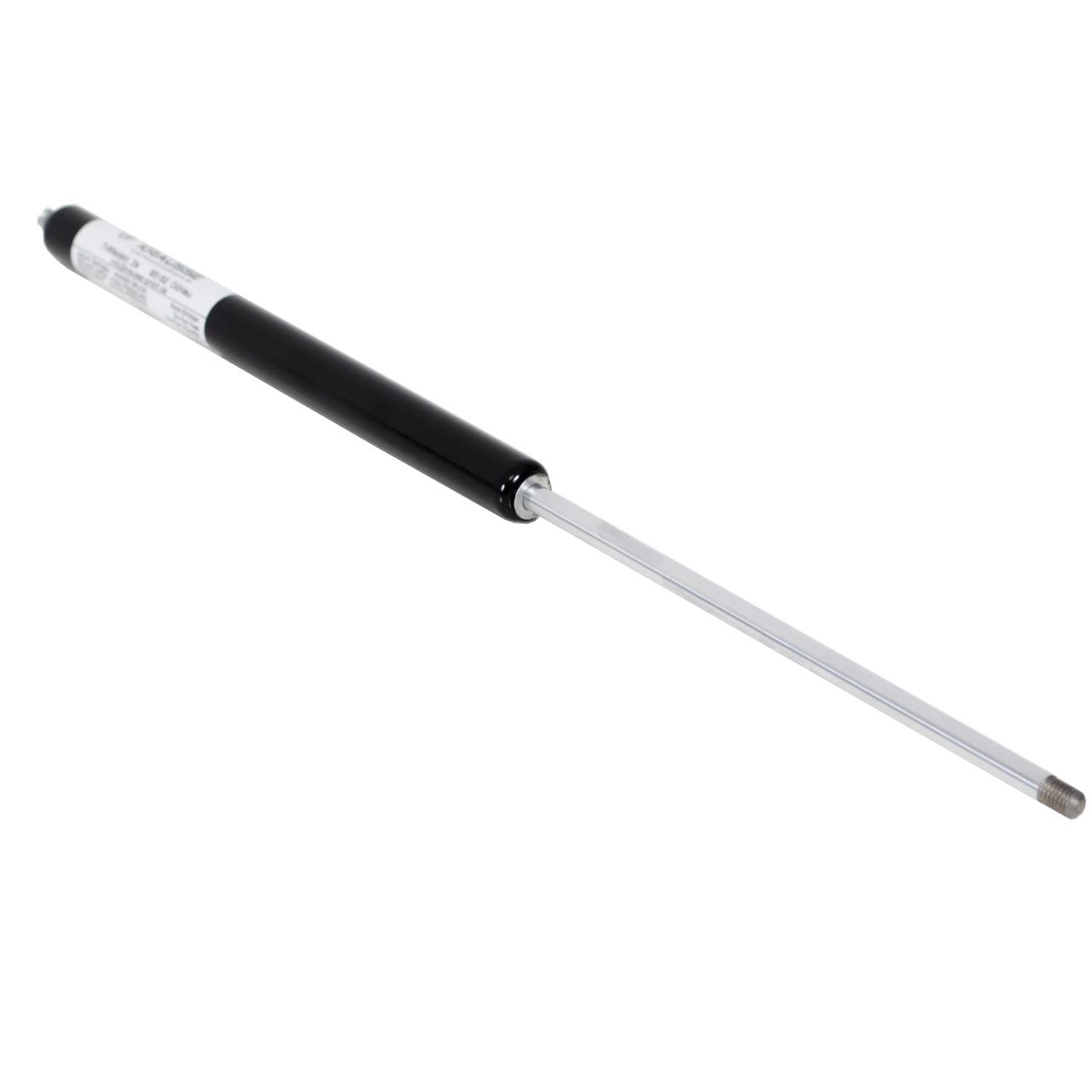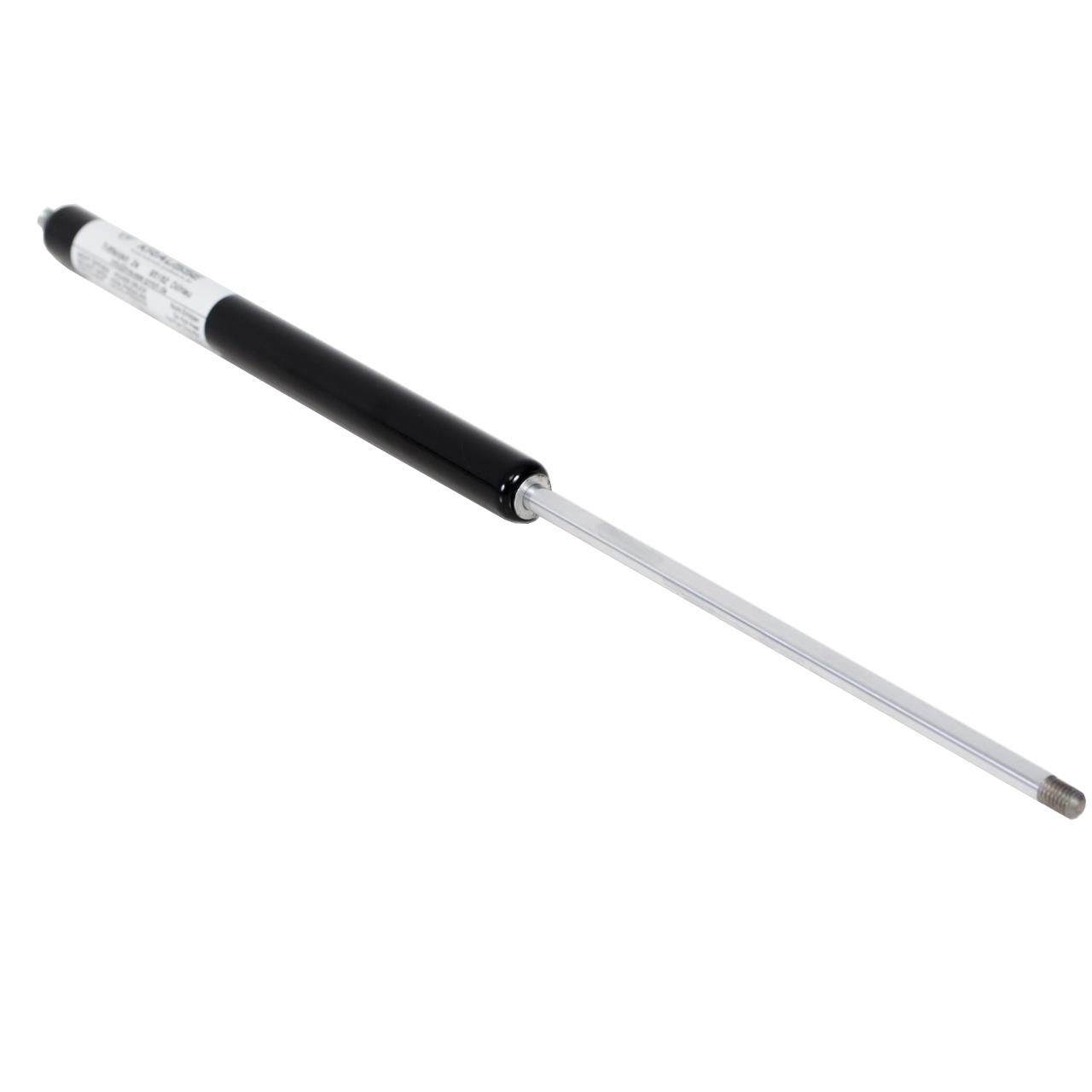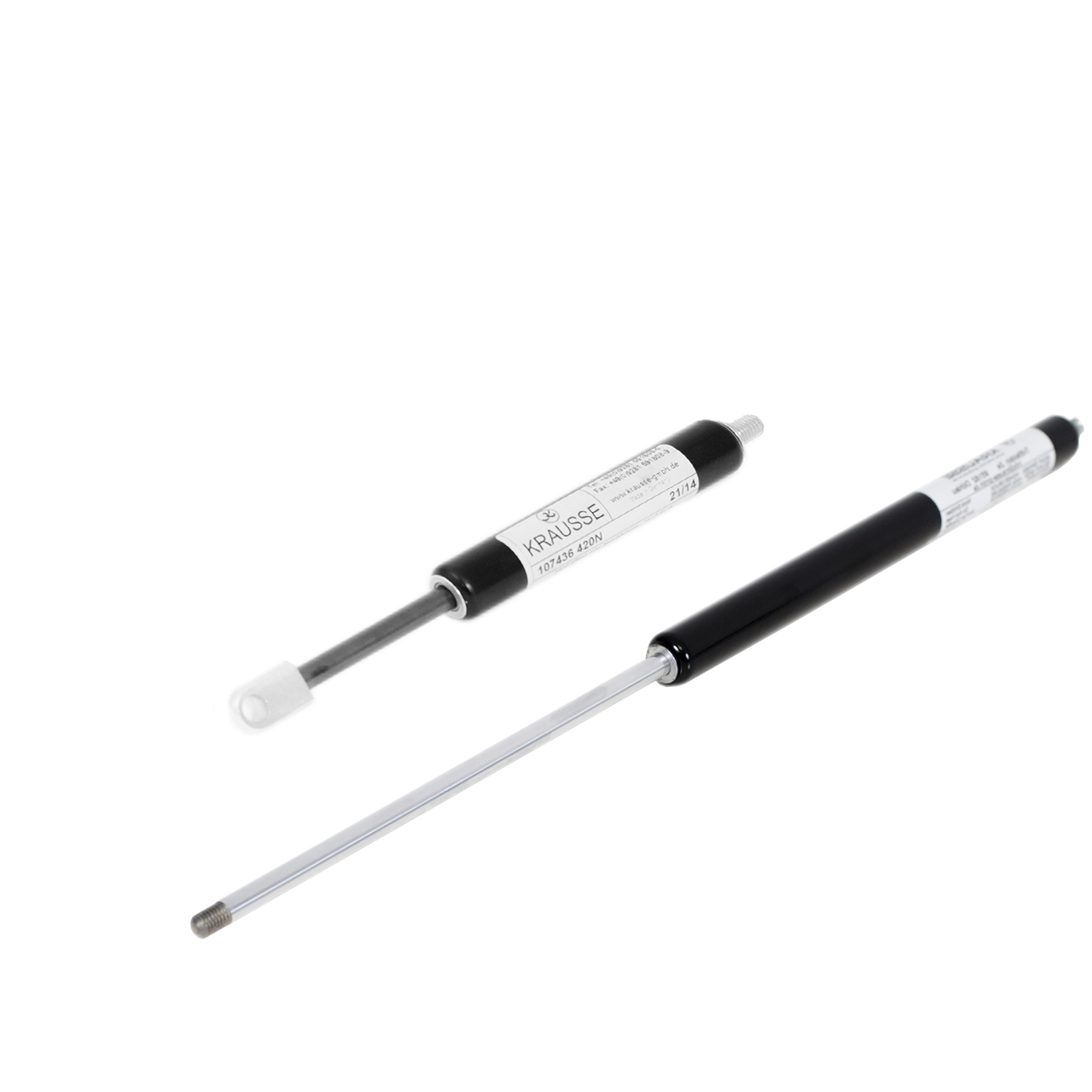
Working principle of the gas spring
Cylinder connection: thread M5x5
Piston rod: hard chrome-plated steel
Cylinder tube: black steel
Extension force: N
Stroke: 100mm
Extended installation length: 232mm
Cylinder connection: GZ10M8x10 valve
Piston rod: steel, hard chrome-plated
Cylinder tube: black steel
Extension force:
Stroke: 250mm
Extended installation length: 545mm
installation length extended: 205mm
force : 50N - 800N selectable
force progression : 44%
fitting thread rod : M8x10
fitting thread cylinder M8x10
valve included : yes
piston rod : surface hardened
cylinder ; steel , black coated
Einbaulänge ausgefahren: 245mm
Ausschubkraft: 50N - 800N wählbar
Progression: ca. 41%
Kolbenstange-Anschluss: Gewinde M8x10
Zylinder-Anschluss: Gewinde M8x10 Ventil
Kolbenstange: Stahl, oberflächengehärtet
Zylinderrohr: Stahl, schwarz lackiert
Einbaulänge ausgefahren: 253mm
Ausschubkraft: 50N - 800N wählbar
Kolbenstange-Anschluss: Gewinde M8x10
Zylinder-Anschluss: Gewinde M8x10 Ventil
Kolbenstange: Stahl, oberflächengehärtet
Zylinderrohr: Stahl, schwarz lackiert
Einbaulänge ausgefahren: 285mm
Ausschubkraft: 50N - 800N wählbar
Progression: ca. 41%
Kolbenstange-Anschluss: Gewinde M8x10
Zylinder-Anschluss: Gewinde M8x10 Ventil
Kolbenstange: Stahl, oberflächengehärtet
Zylinderrohr: Stahl, schwarz lackiert
Einbaulänge ausgefahren: 345mm
Ausschubkraft: 50N - 800N wählbar
Progression: ca. 38%
Kolbenstange-Anschluss: Gewinde M8x10
Zylinder-Anschluss: Gewinde M8x10 Ventil
Kolbenstange: Stahl, oberflächengehärtet
Zylinderrohr: Stahl, schwarz lackiert
Einbaulänge ausgefahren: 353mm
Ausschubkraft: 50N - 800N wählbar
Kolbenstange-Anschluss: Gewinde M8x10
Zylinder-Anschluss: Gewinde M8x10 Ventil
Kolbenstange: Stahl, oberflächengehärtet
Zylinderrohr: Stahl, schwarz lackiert
Einbaulänge ausgefahren: 365mm
Ausschubkraft: 50N - 800N wählbar
Progression: ca. 38%
Kolbenstange-Anschluss: Gewinde M8x10
Zylinder-Anschluss: Gewinde M8x10 Ventil
Kolbenstange: Stahl, oberflächengehärtet
Zylinderrohr: Stahl, schwarz lackiert
Einbaulänge ausgefahren: 403mm
Ausschubkraft: 50N - 800N wählbar
Kolbenstange-Anschluss: Gewinde M8x10
Zylinder-Anschluss: Gewinde M8x10 Ventil
Kolbenstange: Stahl, oberflächengehärtet
Zylinderrohr: Stahl, schwarz lackiert
Zylinder-Anschluss: Gewindezapfen M8x8 Ventil
Kolbenstange: Stahl, oberflächengehärtet
Zylinderrohr: Stahl schwarz
Ausschubkraft: 50-700N
Hub: 200mm
Einbaulänge: 464mm
Extras: Ventil und Fettkammer
Einbaulänge ausgefahren: 453mm
Ausschubkraft: 50N - 800N wählbar
Kolbenstange-Anschluss: Gewinde M8x10
Zylinder-Anschluss: Gewinde M8x10 Ventil
Kolbenstange: Stahl, oberflächengehärtet
Zylinderrohr: Stahl, schwarz lackiert
Einbaulänge ausgefahren: 445mm
Ausschubkraft: 80N - 800N wählbar
Progression: ca. 37%
Kolbenstange-Anschluss: Gewinde M8x10
Zylinder-Anschluss: Gewinde M8x10 Ventil
Kolbenstange: Stahl, oberflächengehärtet
Zylinderrohr: Stahl, schwarz lackiert
Einbaulänge ausgefahren: 553mm
Ausschubkraft: 50N - 800N wählbar
Kolbenstange-Anschluss: Gewinde M8x10
Zylinder-Anschluss: Gewinde M8x10 Ventil
Kolbenstange: Stahl, oberflächengehärtet
Zylinderrohr: Stahl, schwarz lackiert
Einbaulänge ausgefahren: 545mm
Ausschubkraft: 50N - 800N wählbar
Progression: ca. 36%
Kolbenstange-Anschluss: Gewinde M8x10
Zylinder-Anschluss: Gewinde M8x10 Ventil
Kolbenstange: Stahl, oberflächengehärtet
Zylinderrohr: Stahl, schwarz lackiert
Einbaulänge ausgefahren: 645mm
Ausschubkraft: 50N - 800N wählbar
Progression: ca. 35%
Kolbenstange-Anschluss: Gewinde M8x10
Zylinder-Anschluss: Gewinde M8x10 Ventil
Kolbenstange: Stahl, oberflächengehärtet
Zylinderrohr: Stahl, schwarz lackiert
Einbaulänge ausgefahren: 165mm
Ausschubkraft: 50N - 800N wählbar
Progression: ca. 29%
Kolbenstange-Anschluss: Gewinde M8x10
Zylinder-Anschluss: Gewinde M8x10 Ventil
Kolbenstange: Stahl, oberflächengehärtet
Zylinderrohr: Stahl, schwarz lackiert
Einbaulänge ausgefahren: 165mm
Ausschubkraft: 50N - 800N wählbar
Progression: ca. 49,5%
Kolbenstange-Anschluss: Gewinde M8x10
Zylinder-Anschluss: Gewinde M8x10 Ventil
Kolbenstange: Stahl, oberflächengehärtet
Zylinderrohr: Stahl, schwarz lackiert
Einbaulänge ausgefahren: 203mm
Ausschubkraft: 50N - 800N wählbar
Kolbenstange-Anschluss: Gewinde M8x10
Zylinder-Anschluss: Gewinde M8x10 Ventil
Kolbenstange: Stahl, oberflächengehärtet
Zylinderrohr: Stahl, schwarz lackiert
Ausgefahrene Länge: 664mm
Kolbenstangengewinde : GZ08 M8x8
Zylindergewinde : GZ09 M8x9
Kolbenstange: Stahl, oberflächengehärtet
Zylinderrohr: Stahl, schwarz lackiert
Ausschubkraft: nach Kundenvorgabe
Extras: Ventil und Fettkammer
lageunabhängiger Einbau
Einbaulänge ausgefahren: 1264mm
Ausschubkraft: 100 - 1250 N
Kolbenstangengewinde : GZ08 M8x8
Zylindergewinde : GZ09 M8x9
Kolbenstange: Stahl, oberflächengehärtet
Zylinderrohr: Stahl, schwarz
Ausschubkraft: nach Vorgabe
Extras: Ventil
Kolbenstangen-Anschluss: Gewindezapfen M8x9
Zylinder- Anschluss: Gewindezapfen M8x8 Ventil
Kolbenstange: Stahl, oberflächengehärtet
Zylinderrohr: Stahl, schwarz
Ausschubkraft: 80-1300N
Ausgefahrene Länge: 564mm
Extras: Ventil und Fettkammer
Einbaulänge ausgefahren: 245mm
Ausschubkraft: 100N - 1250N wählbar
Progression: ca. 42%
Kolbenstange-Anschluss: Gewinde M8x10
Zylinder-Anschluss: Gewinde M8x10 Ventil
Kolbenstange: Stahl, oberflächengehärtet
Zylinderrohr: Stahl, schwarz lackiert
Einbaulänge ausgefahren: 345mm
Ausschubkraft: 100N - 1250N wählbar
Progression: ca. 39%
Kolbenstange-Anschluss: Gewinde M8x10
Zylinder-Anschluss: Gewinde M8x10 Ventil
Kolbenstange: Stahl, oberflächengehärtet
Zylinderrohr: Stahl, schwarz lackiert

